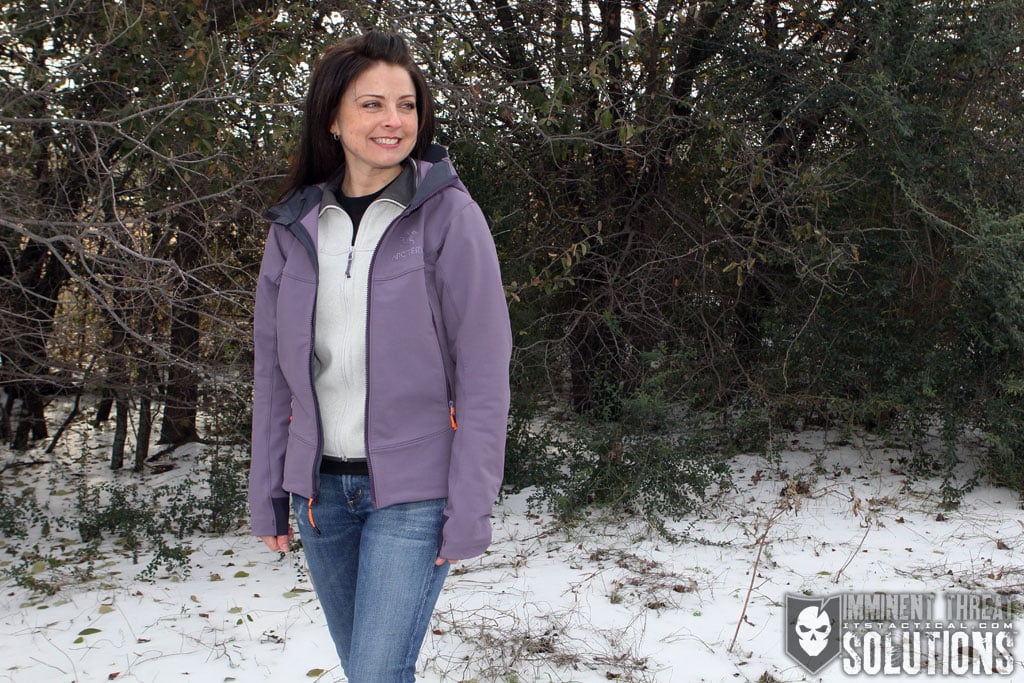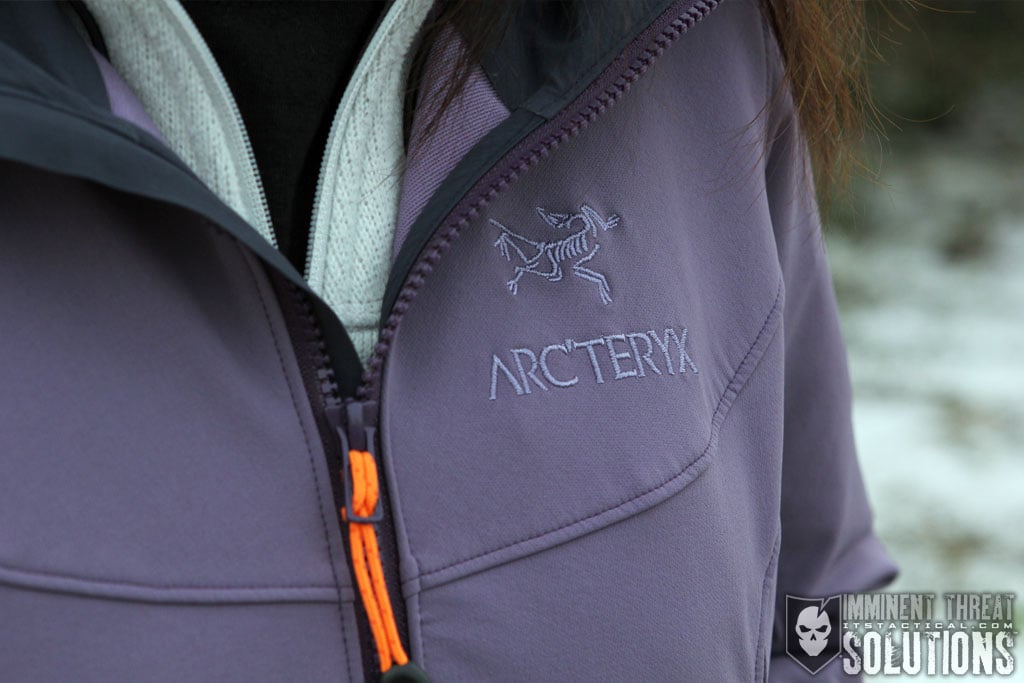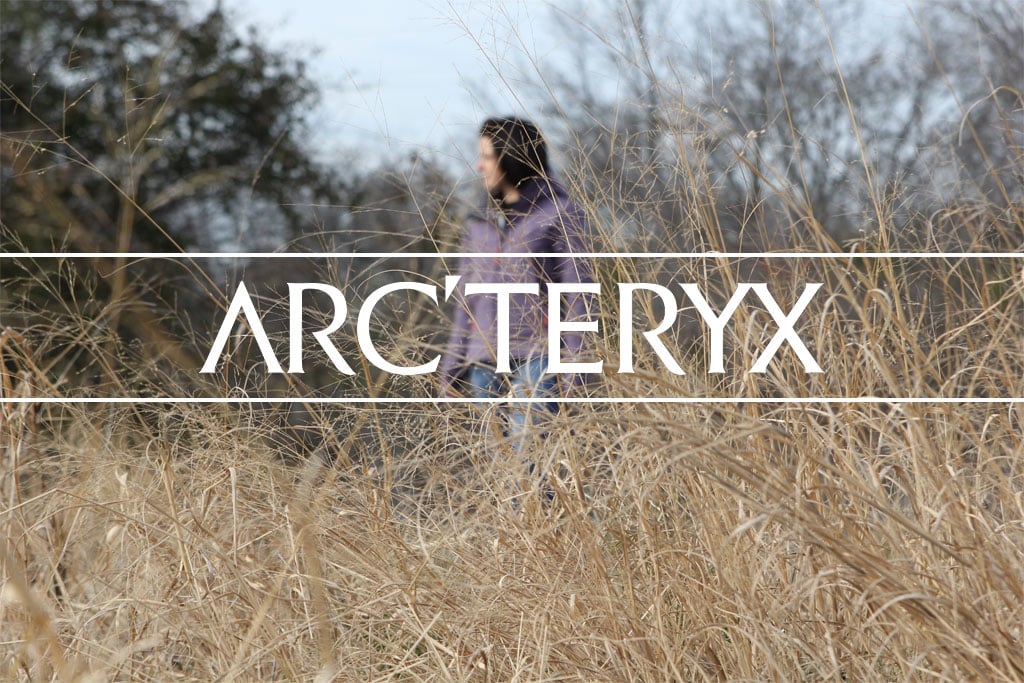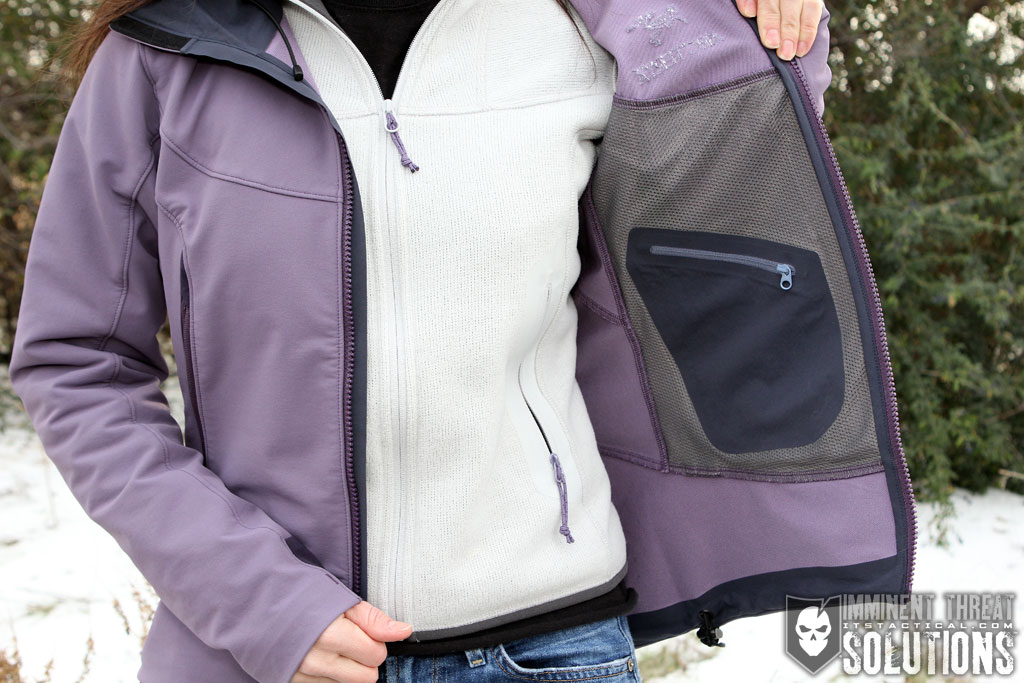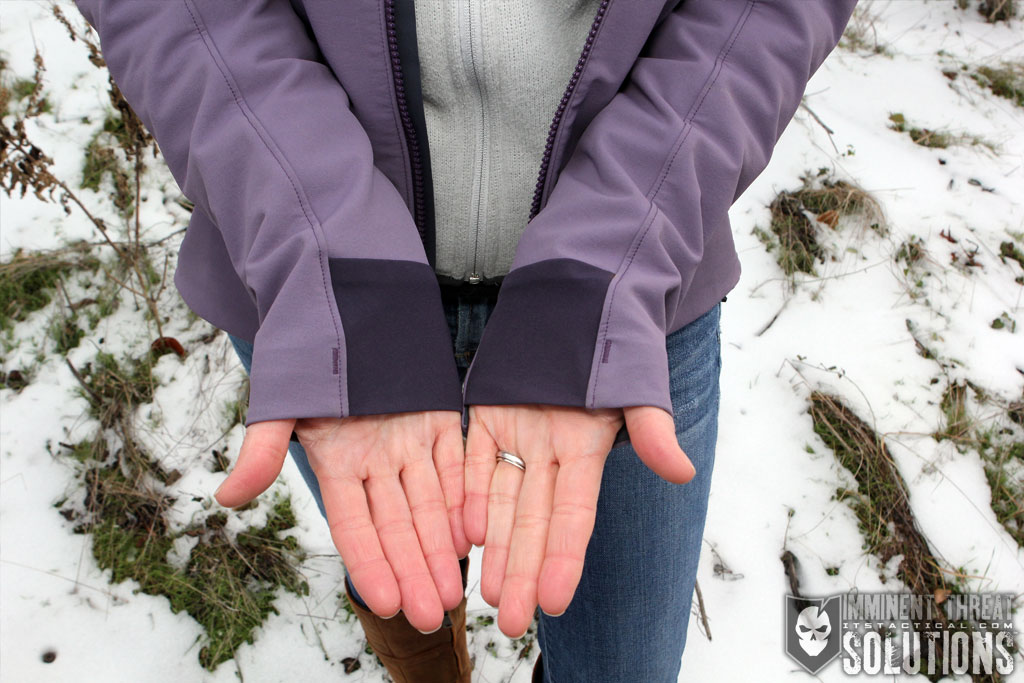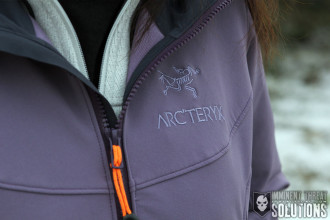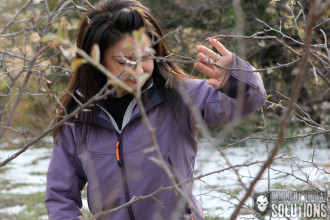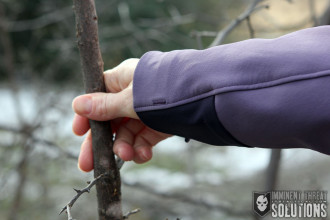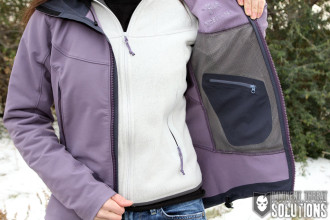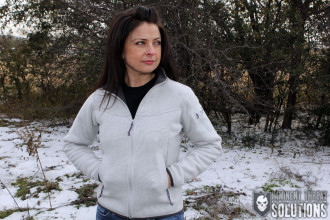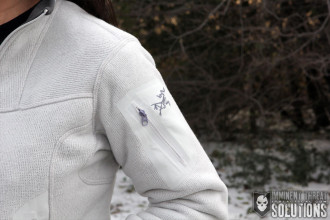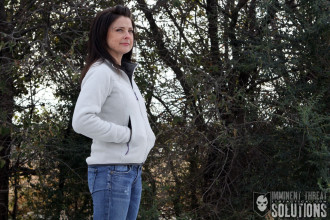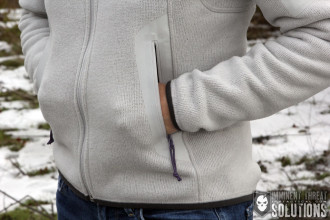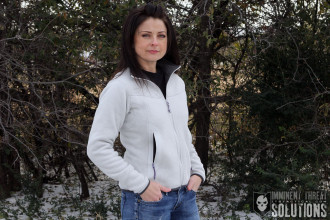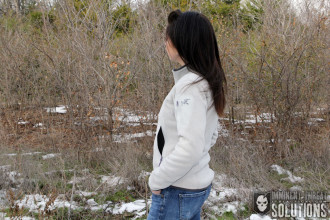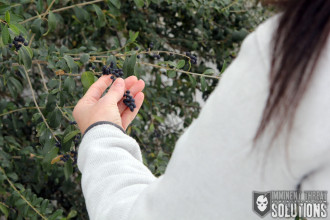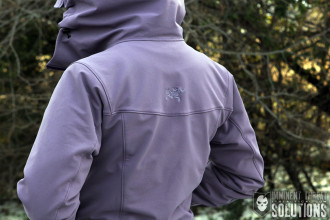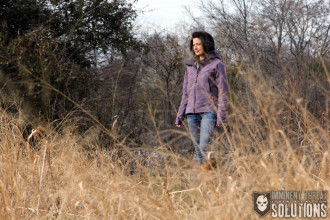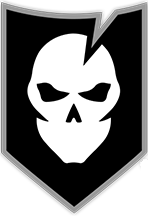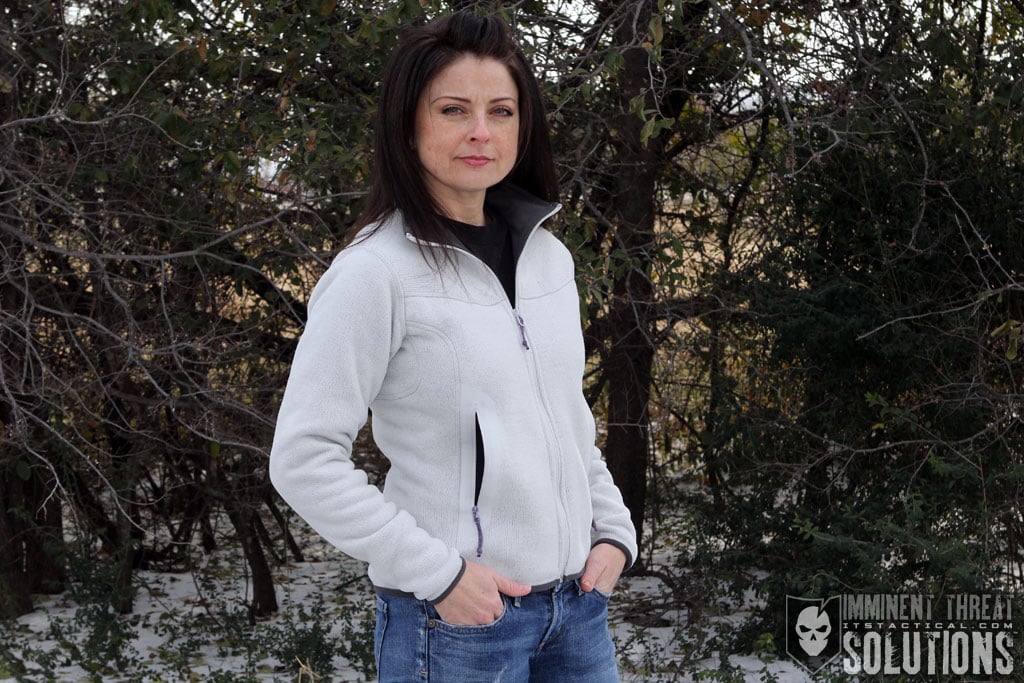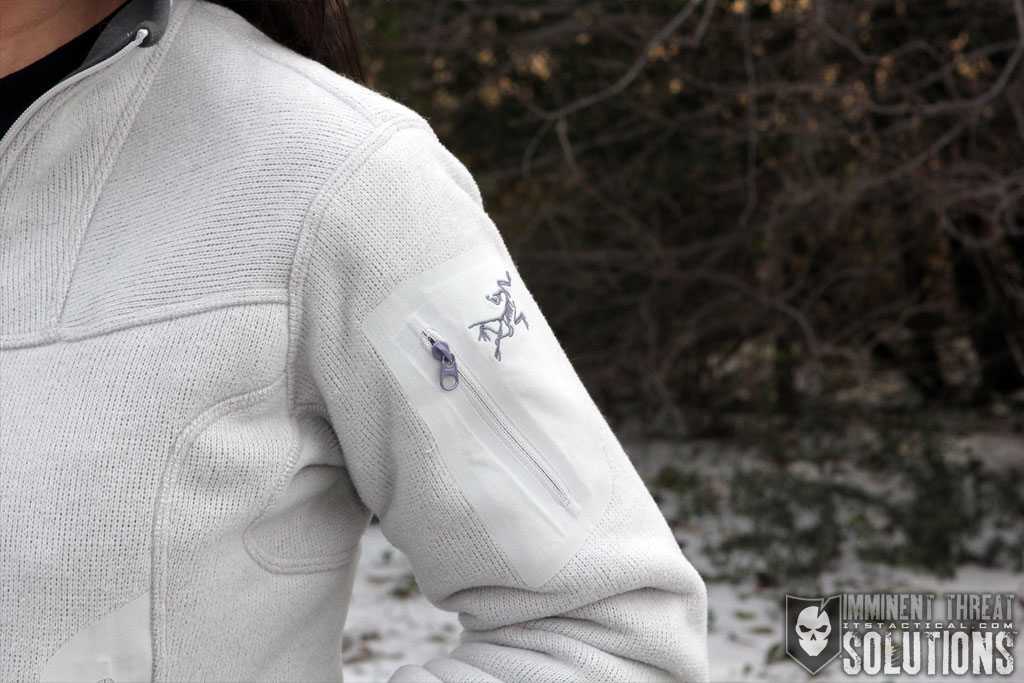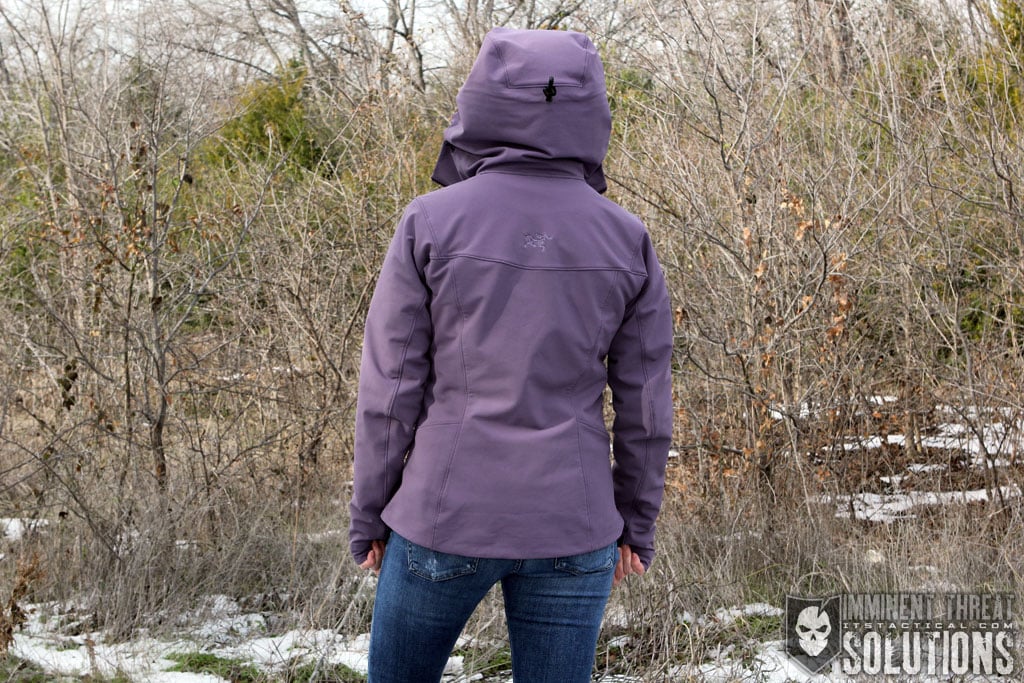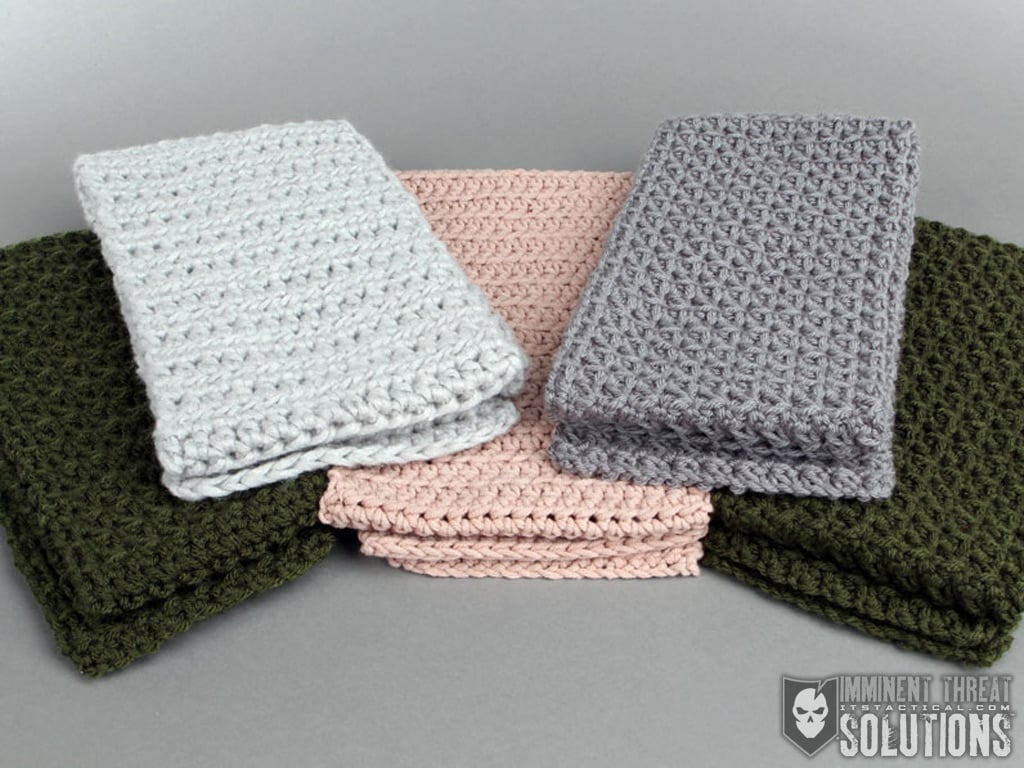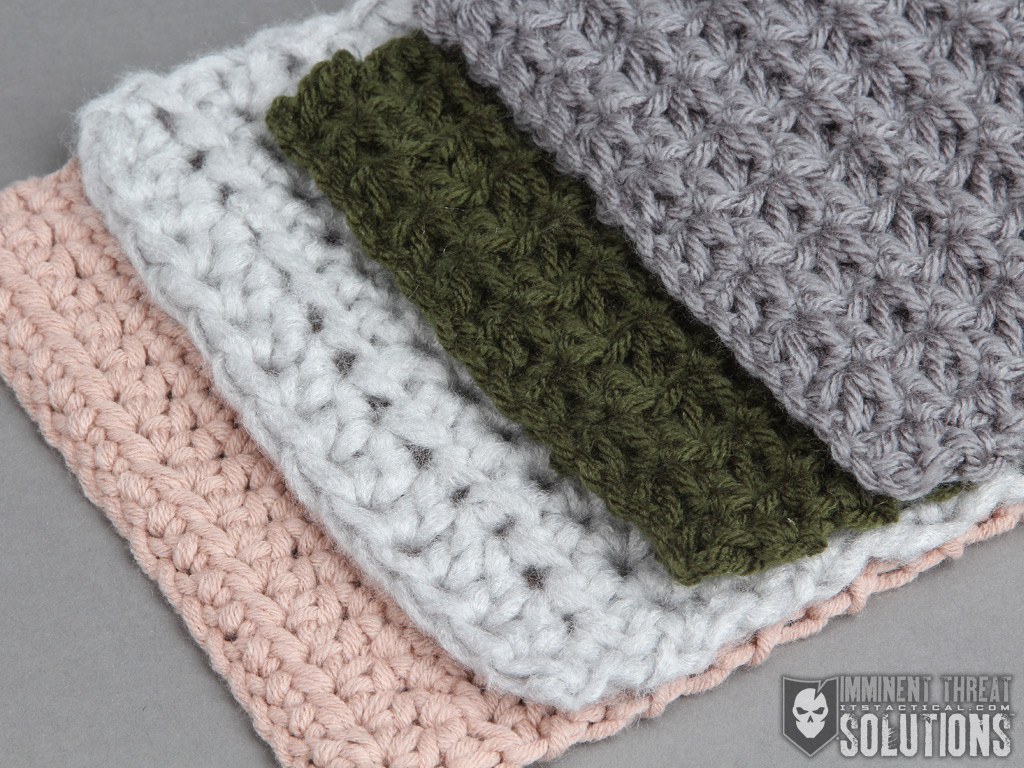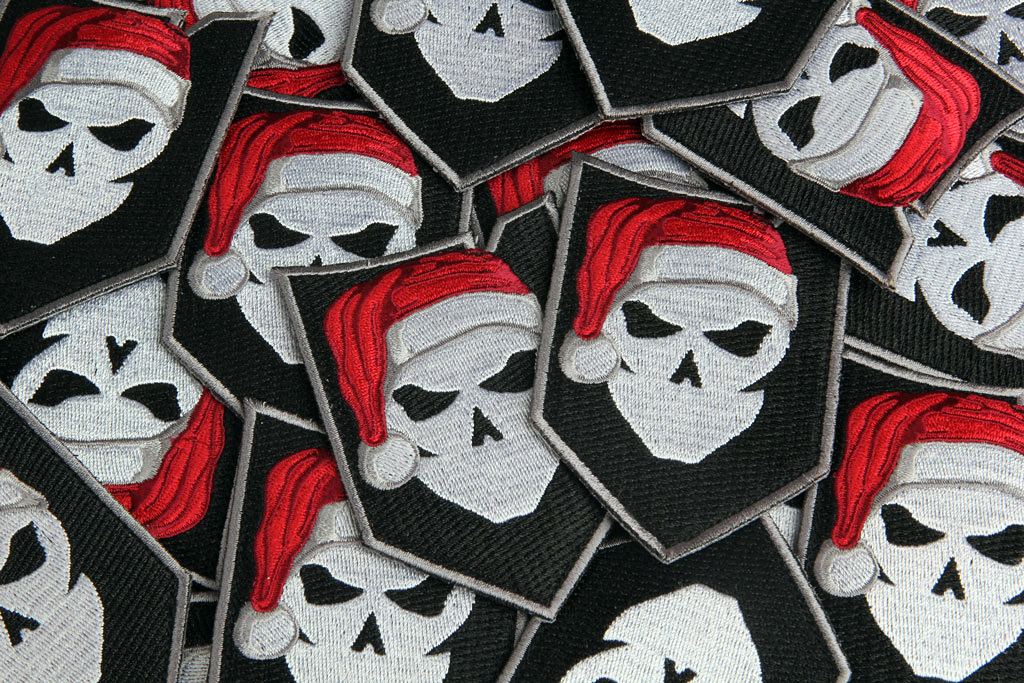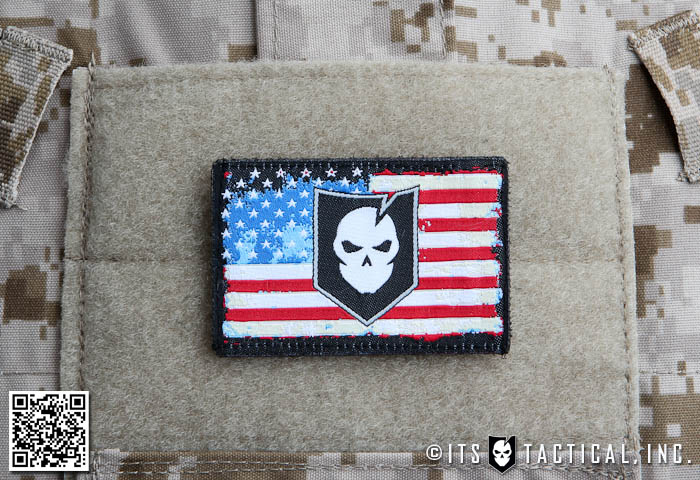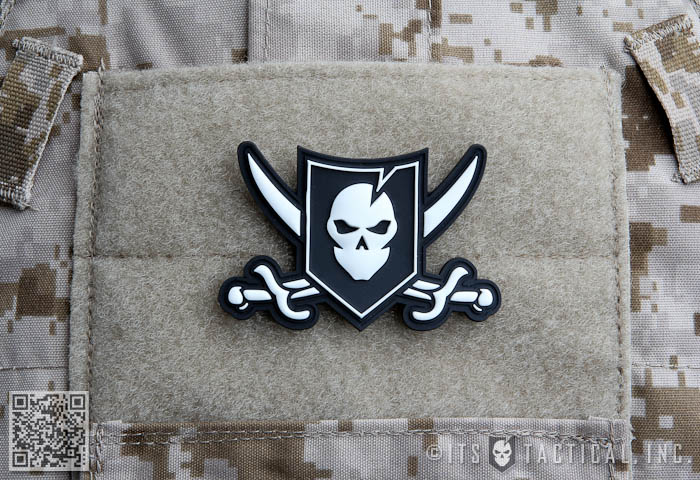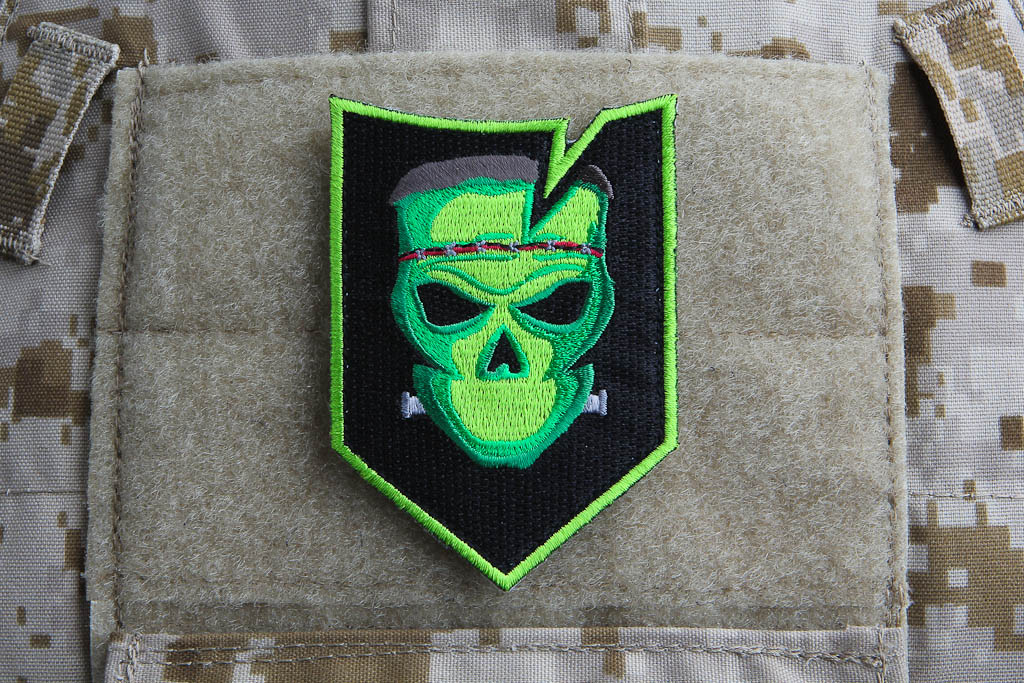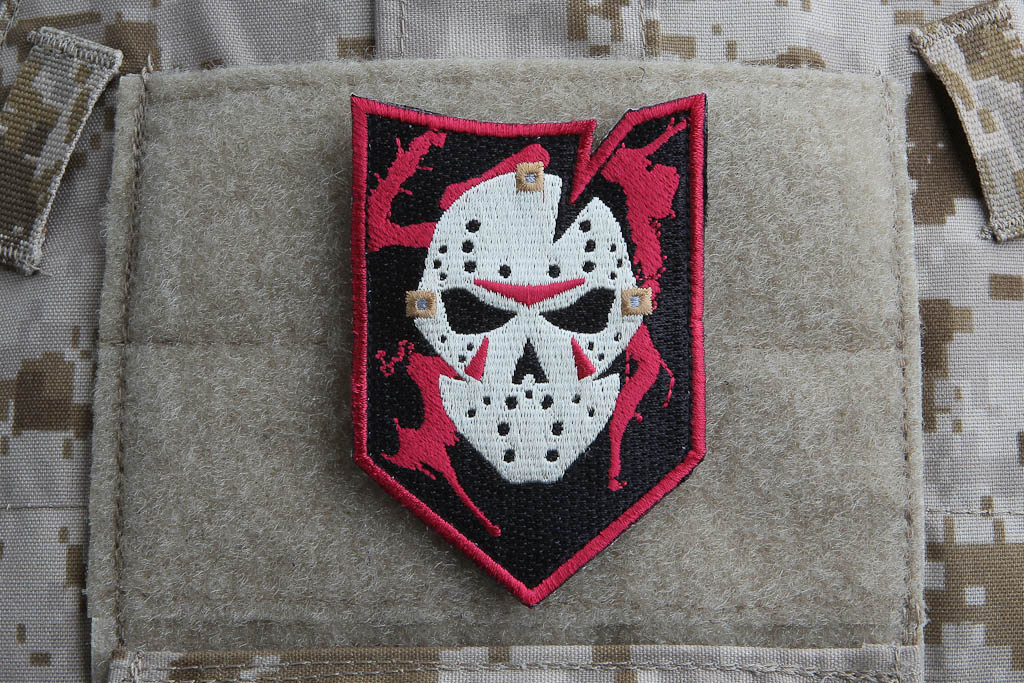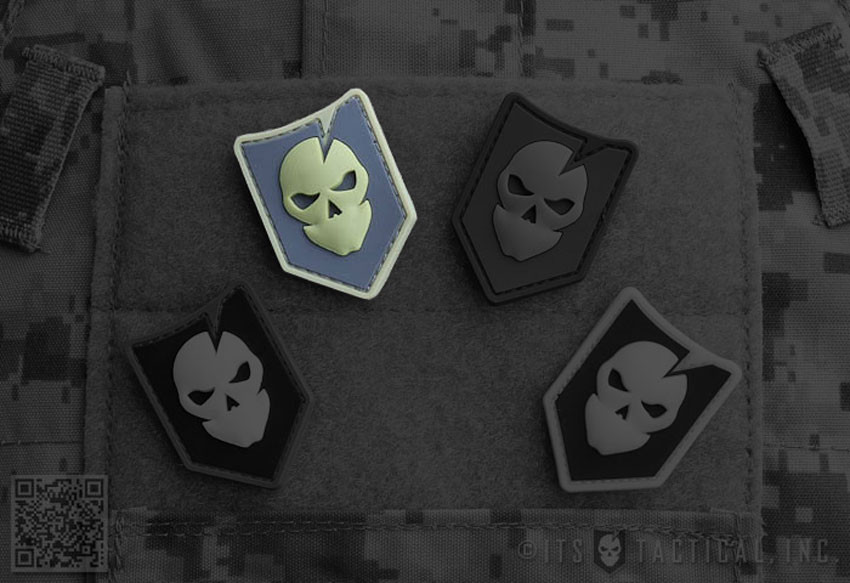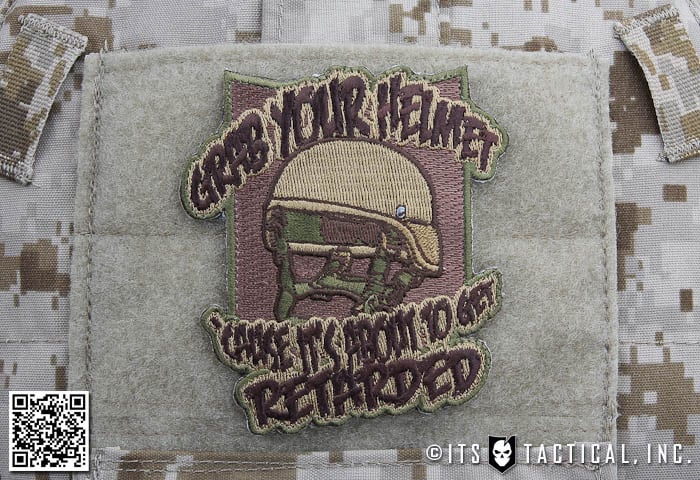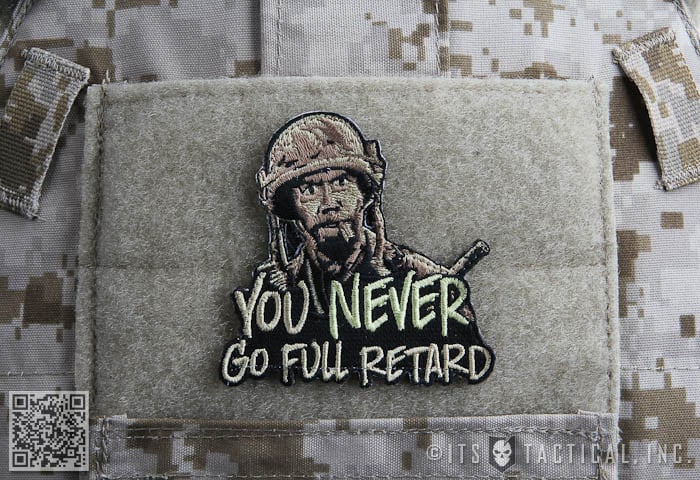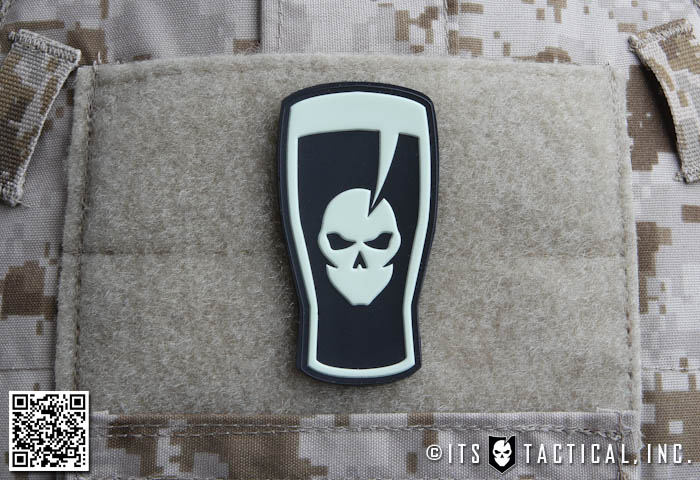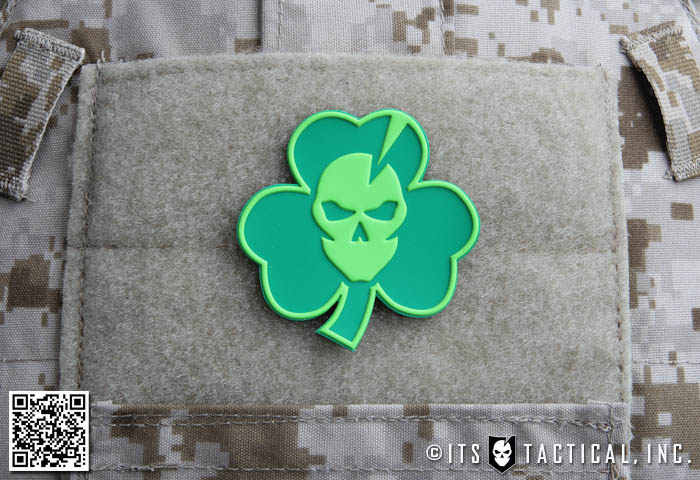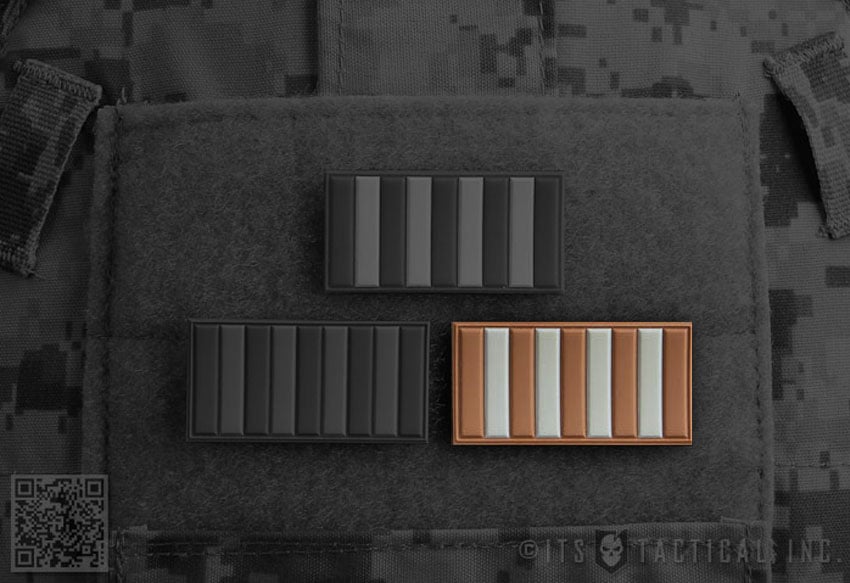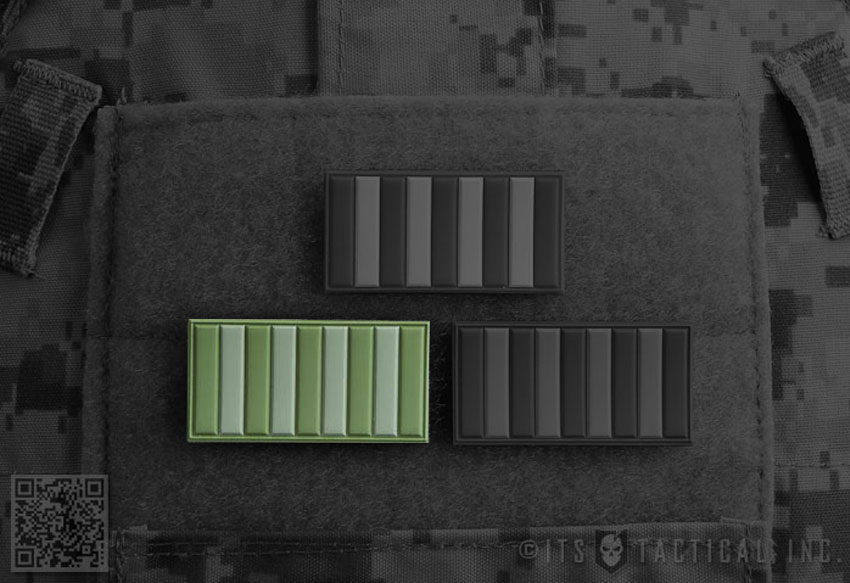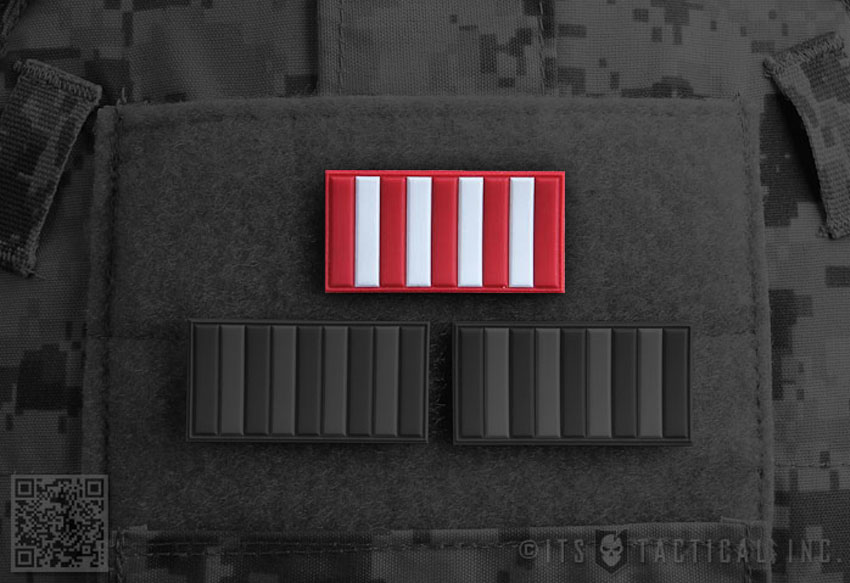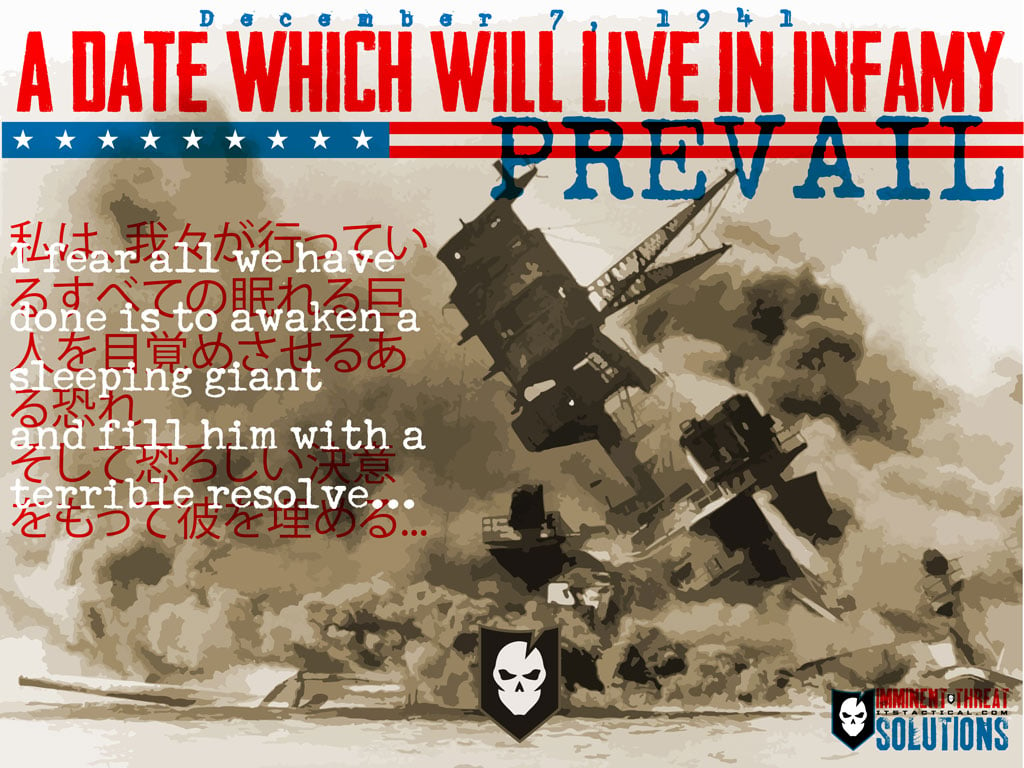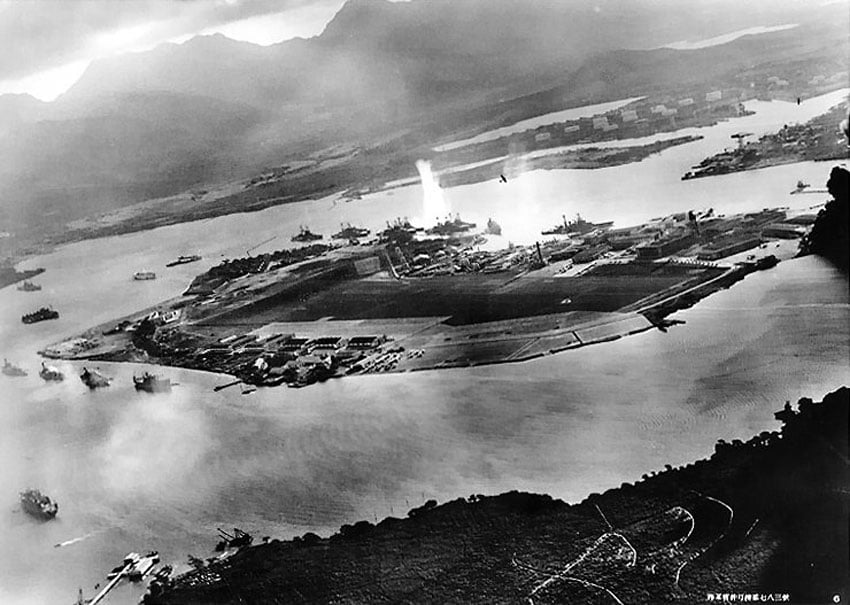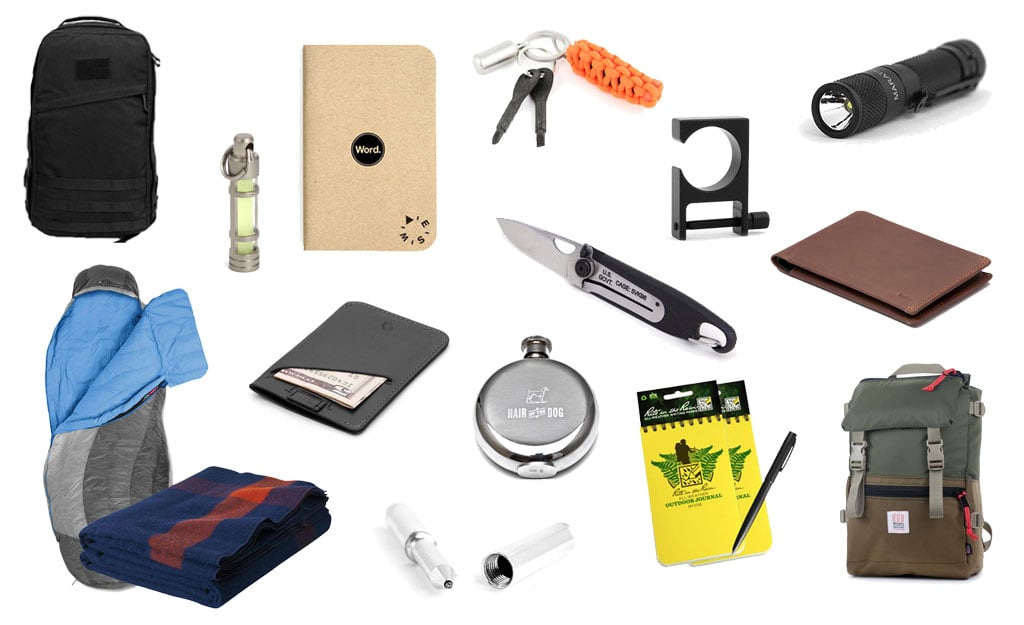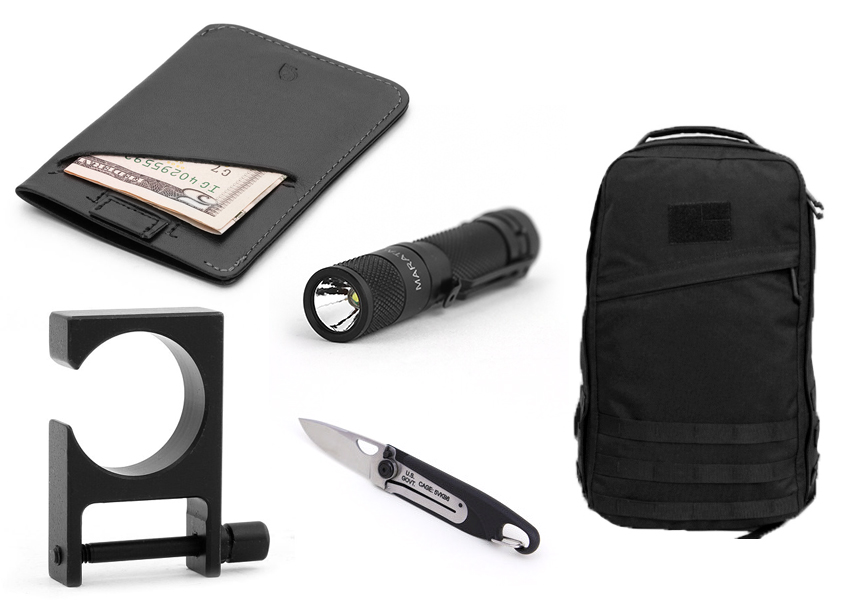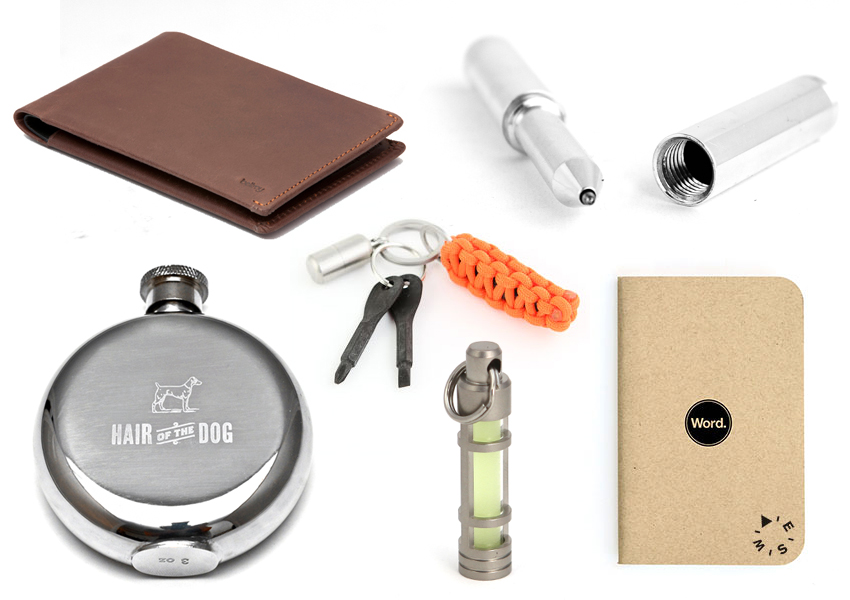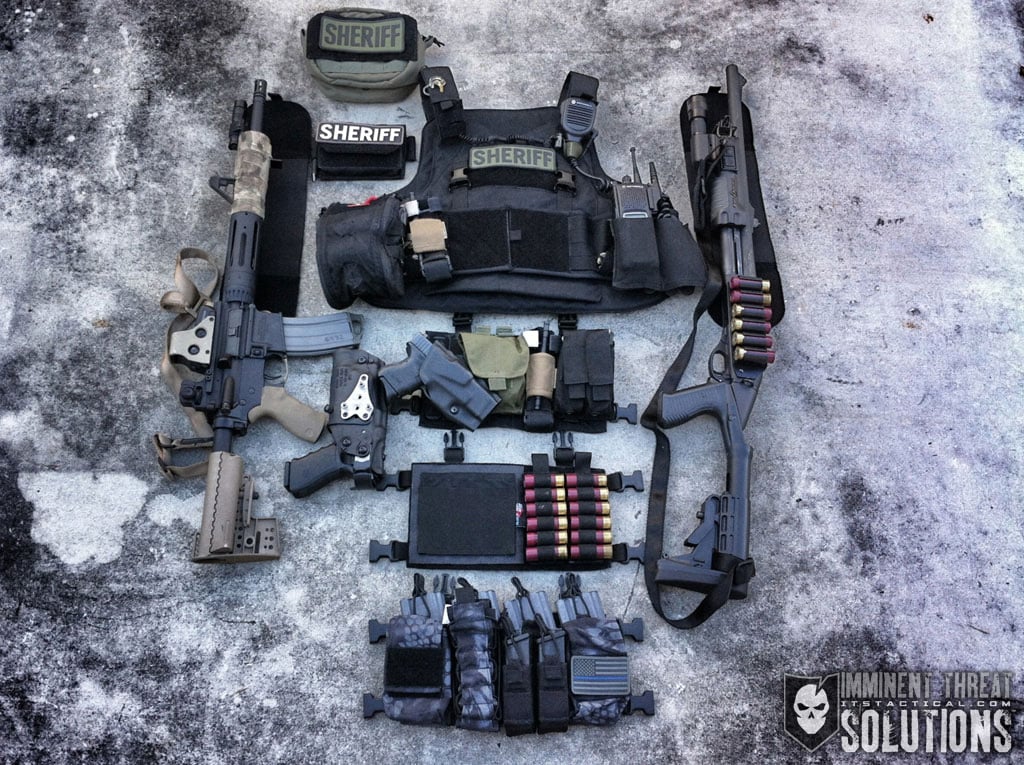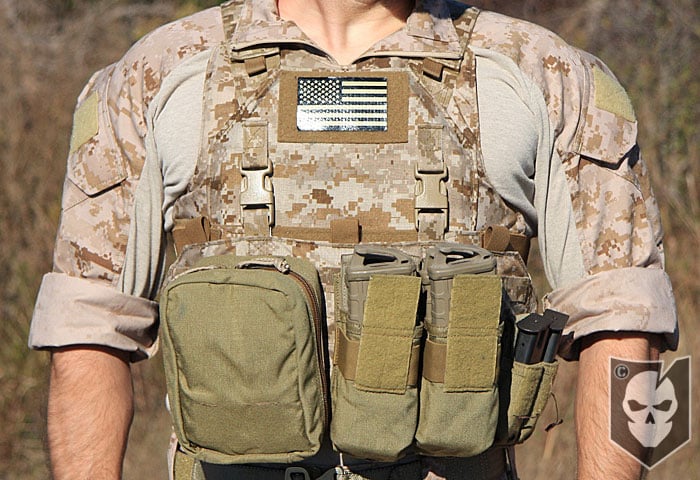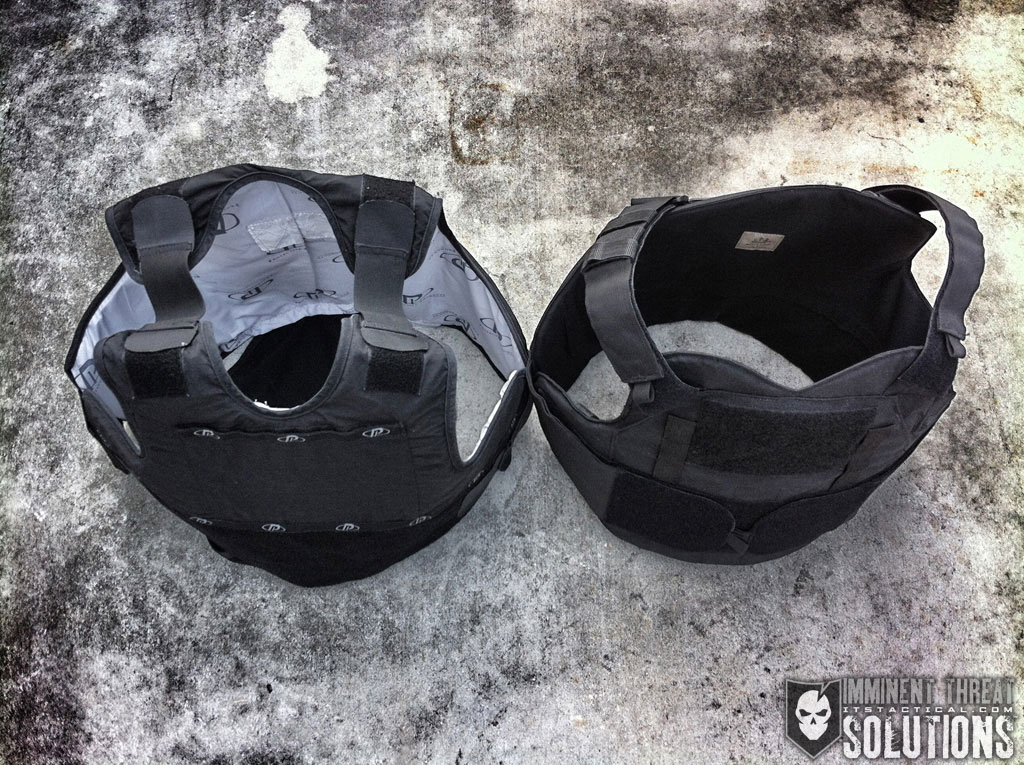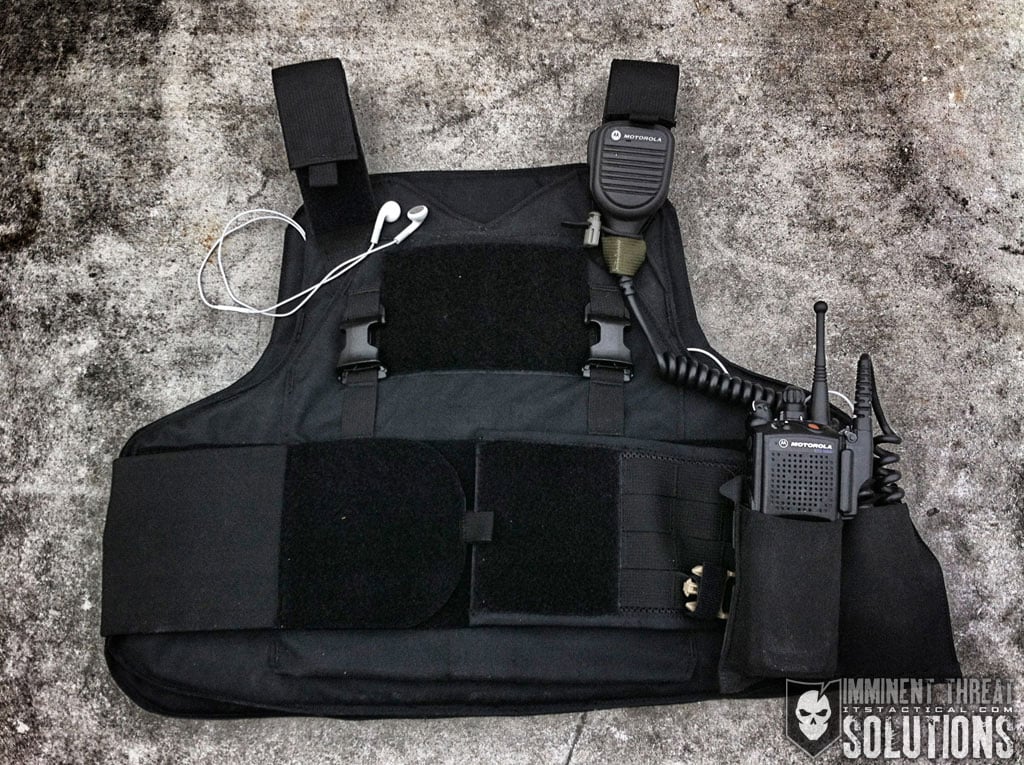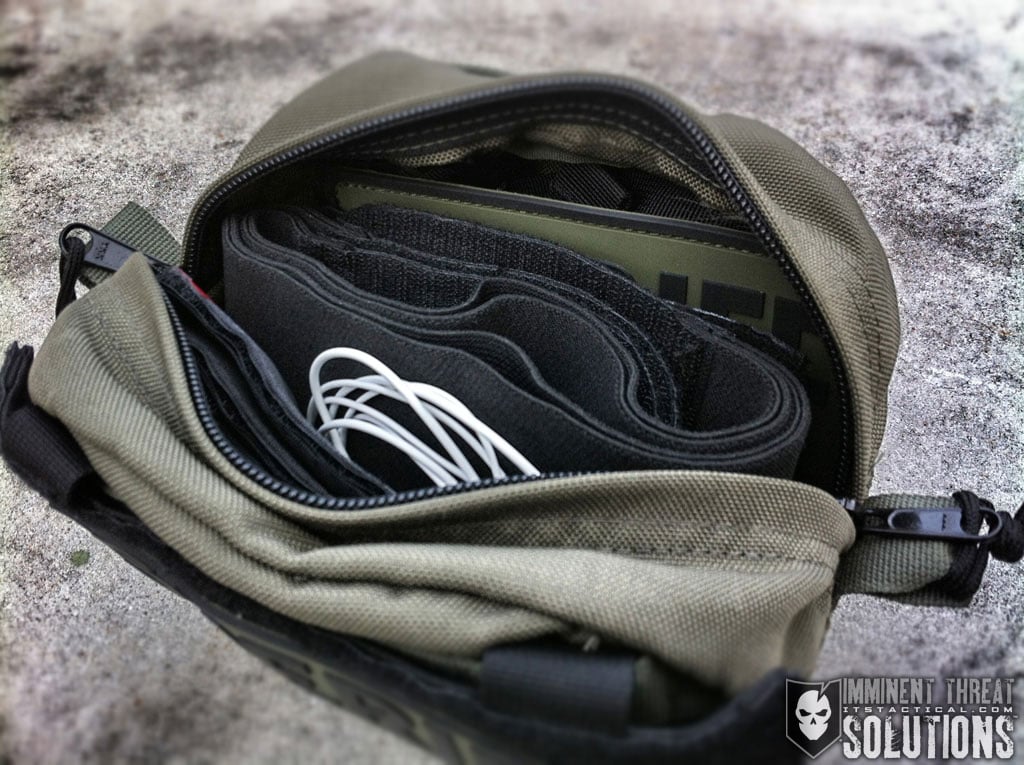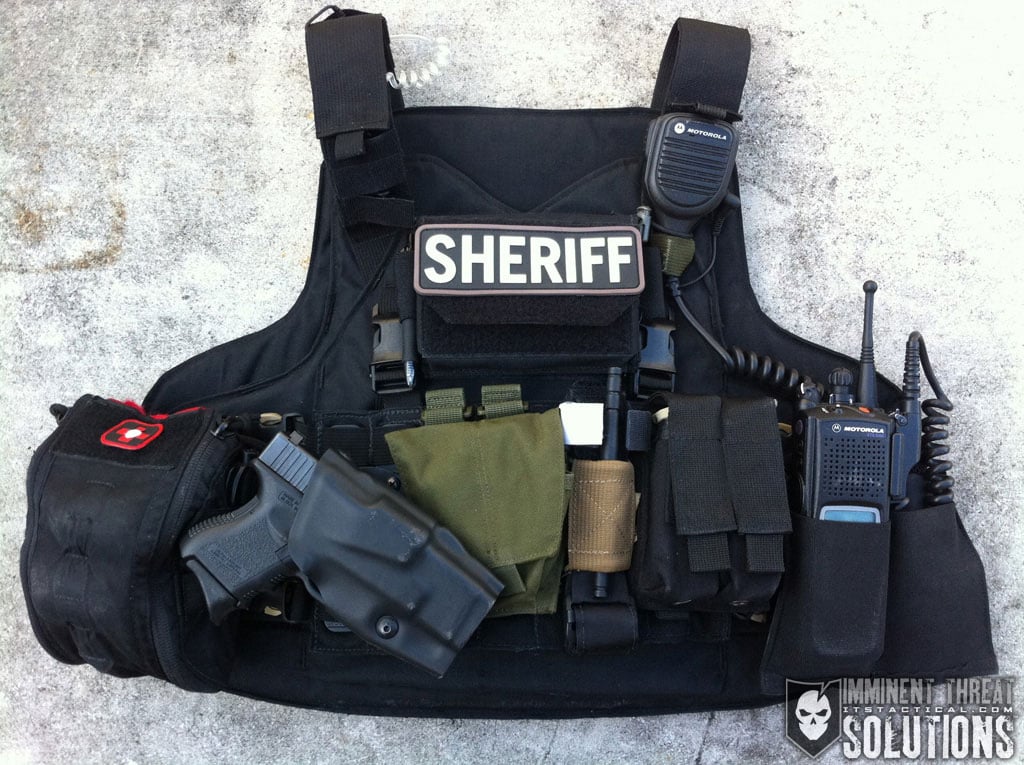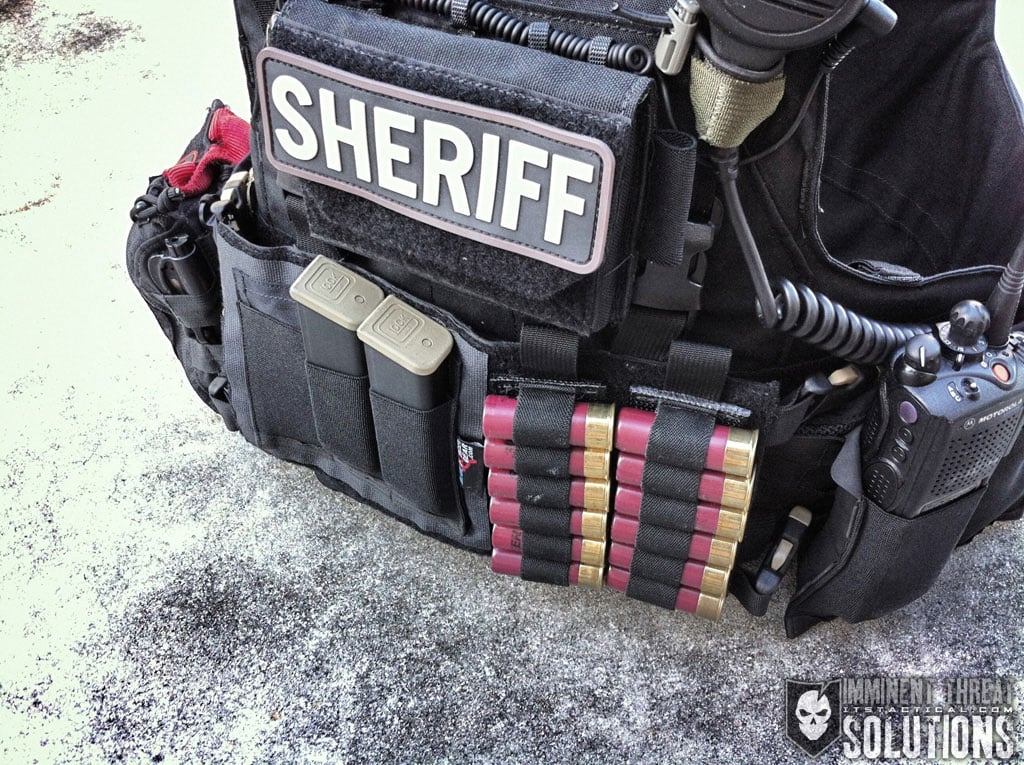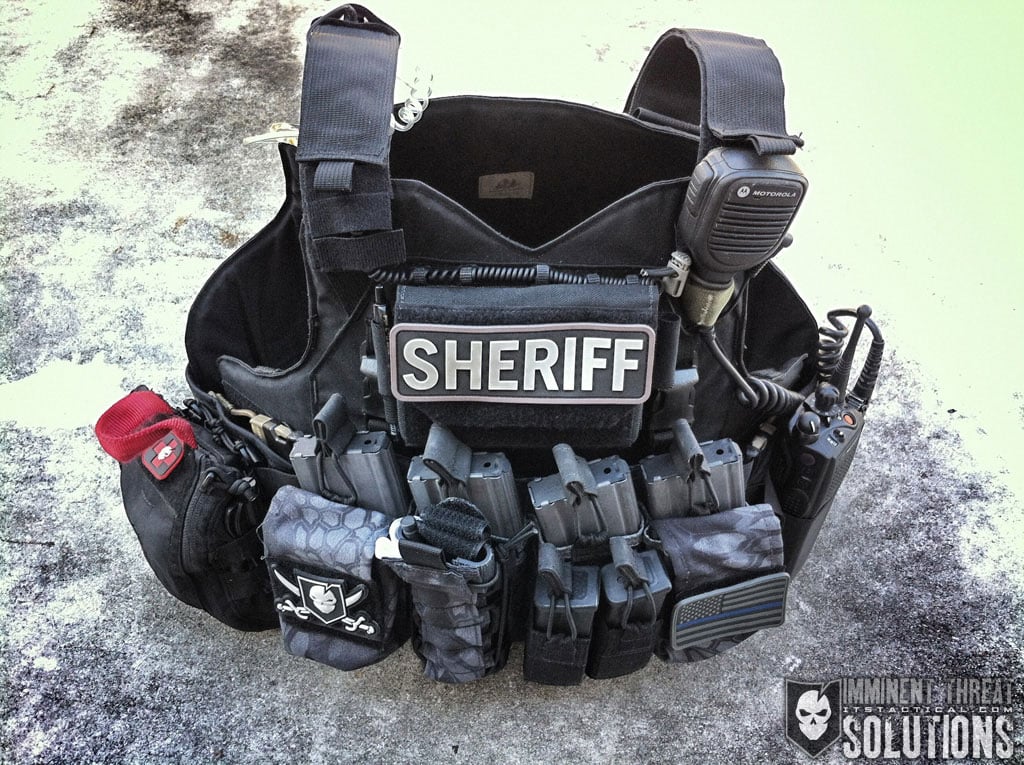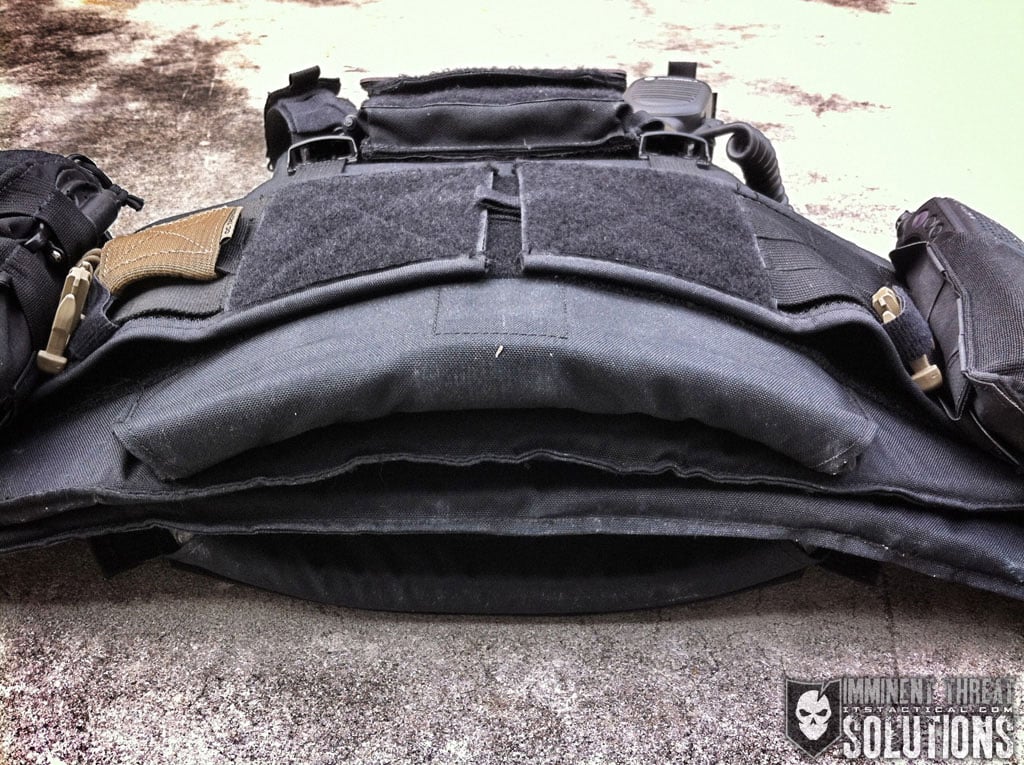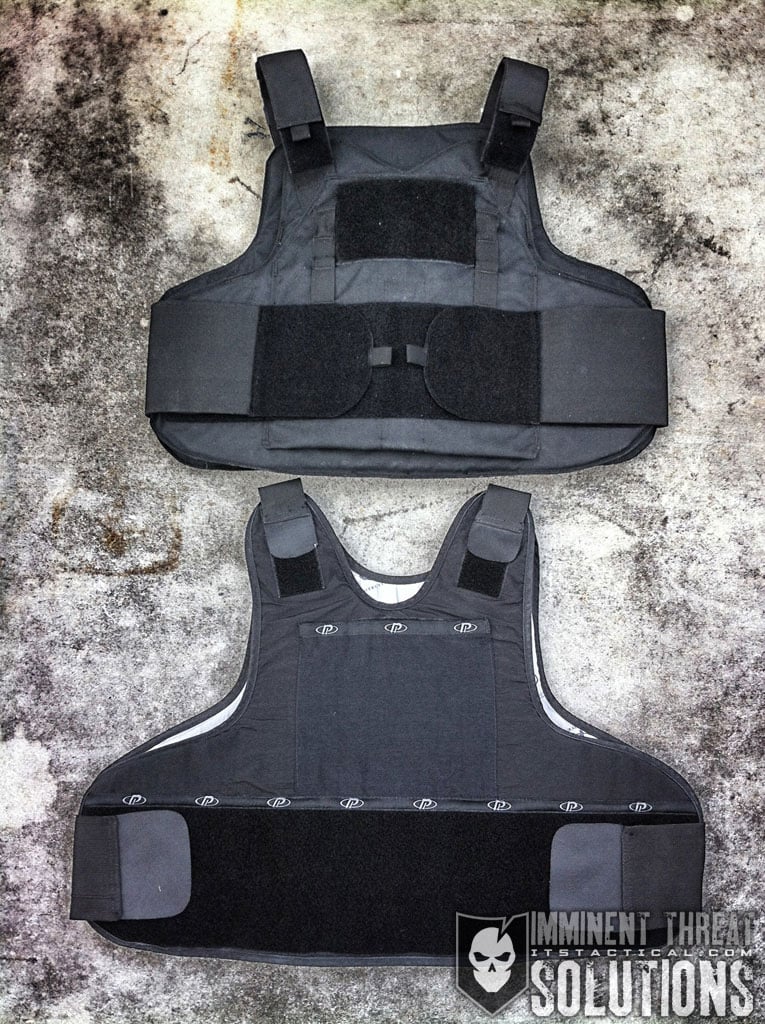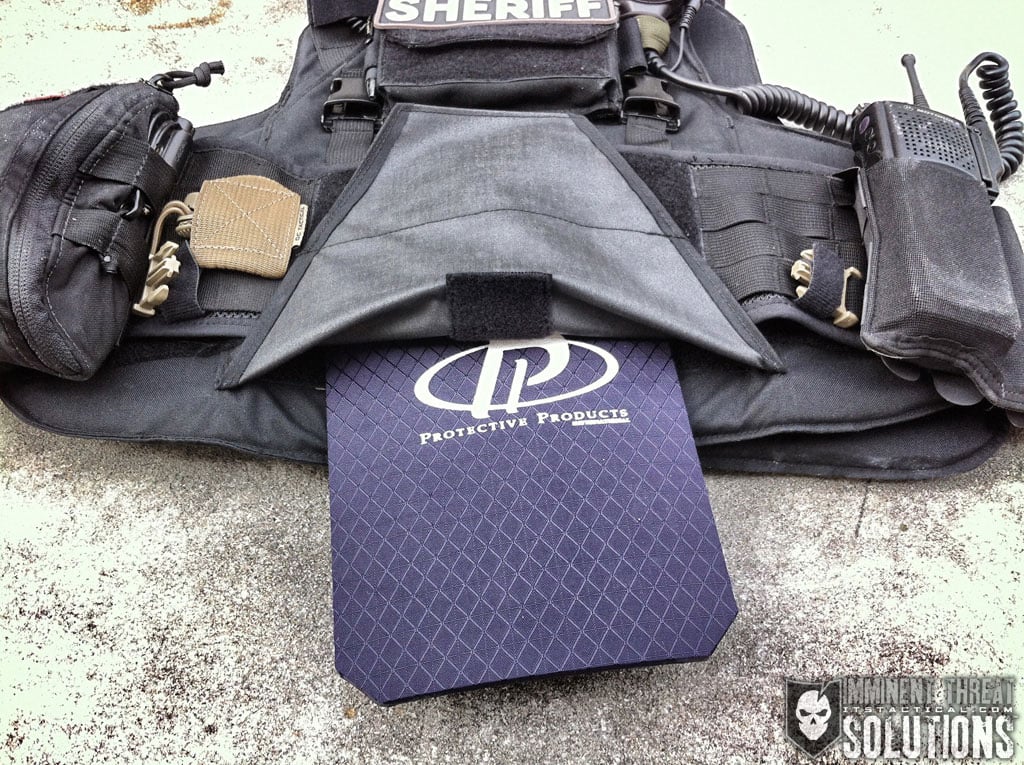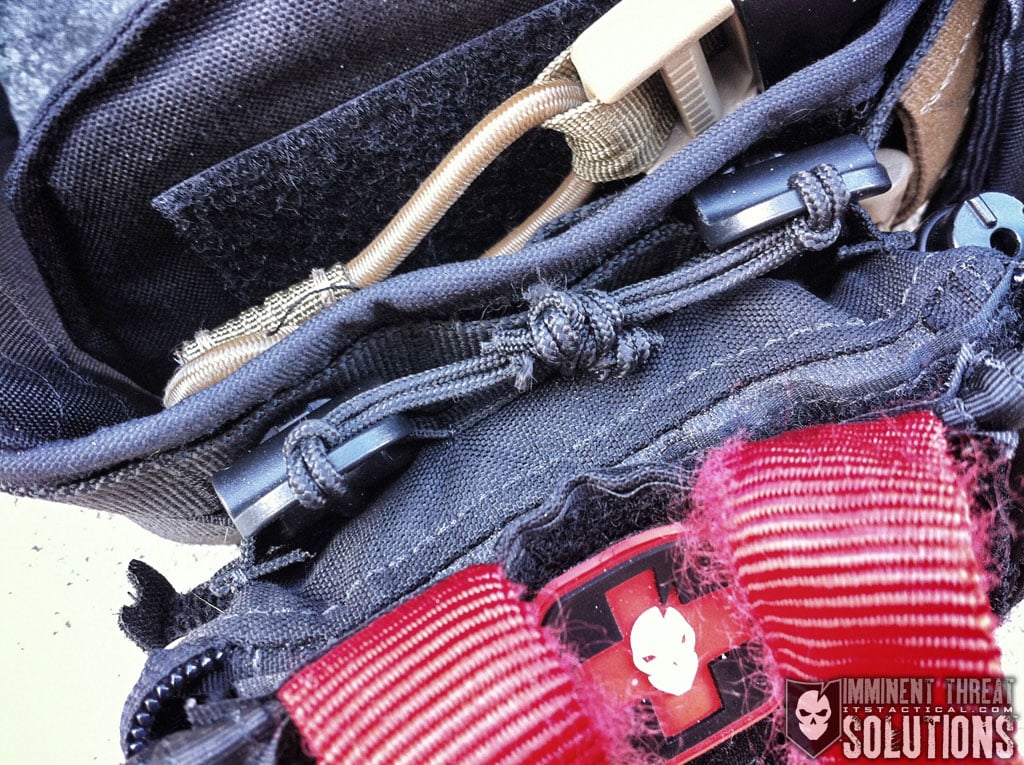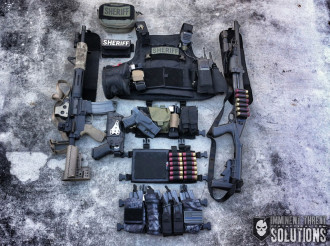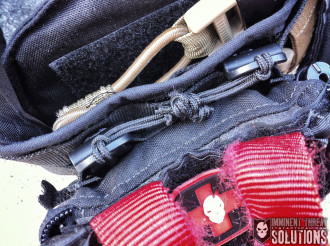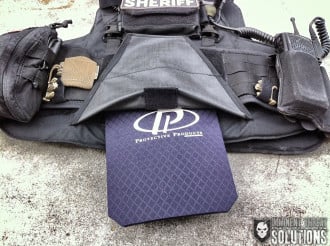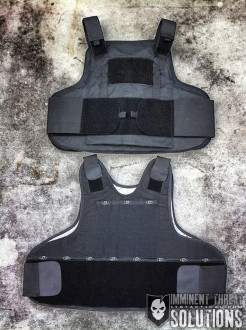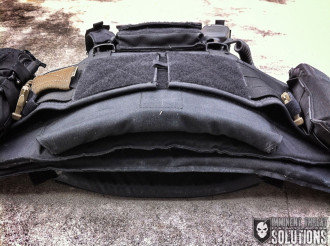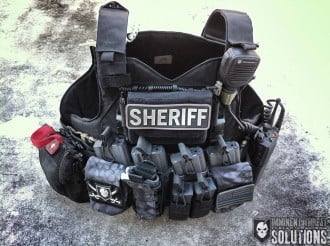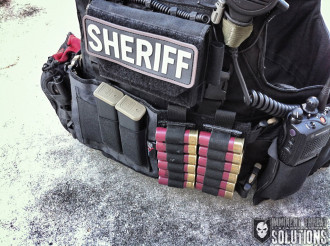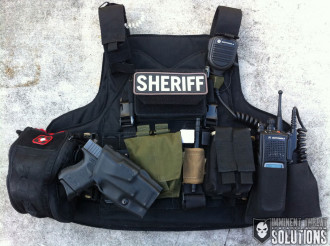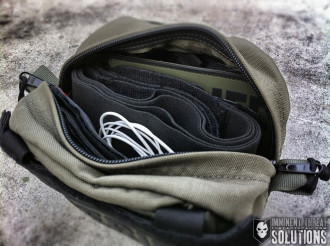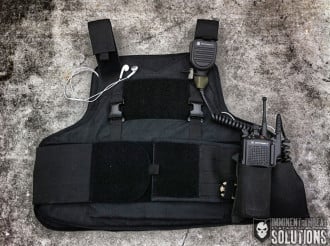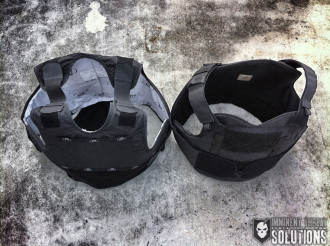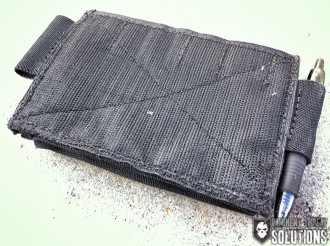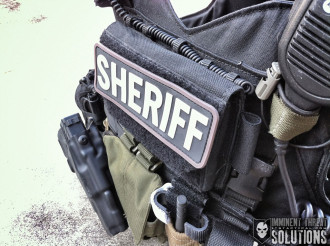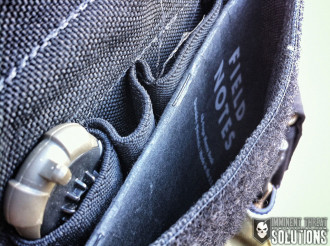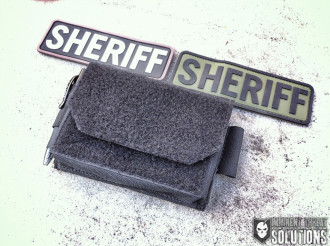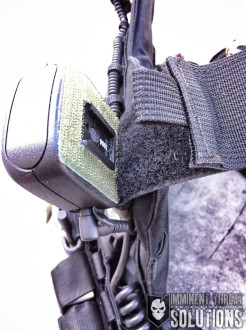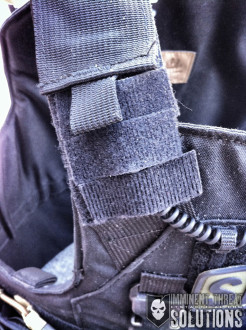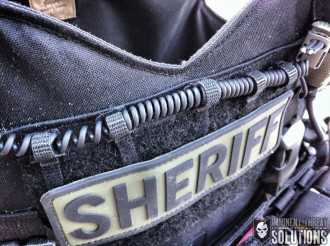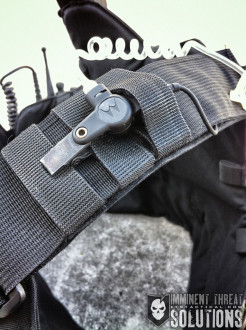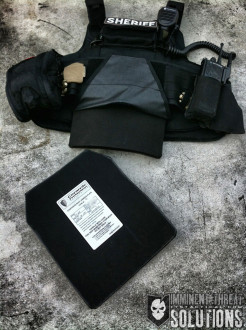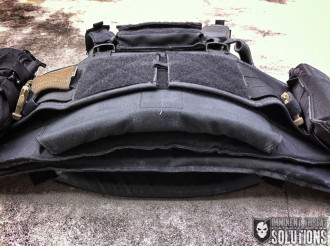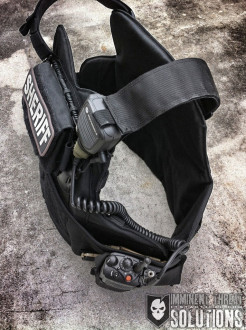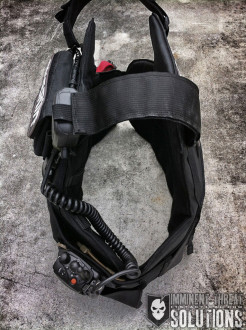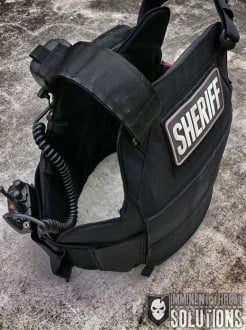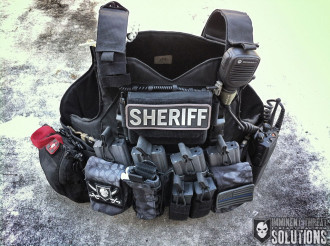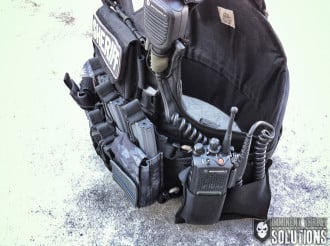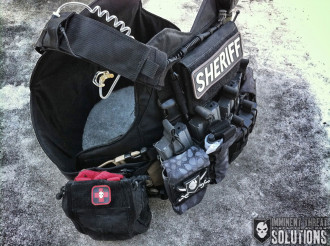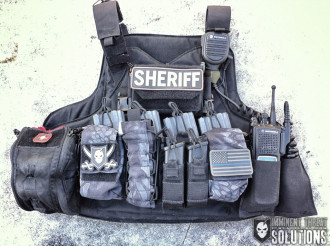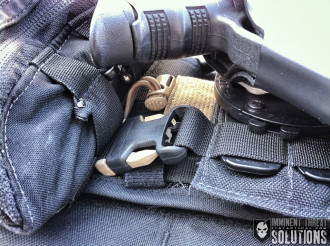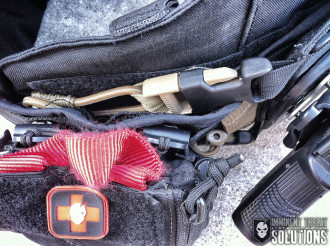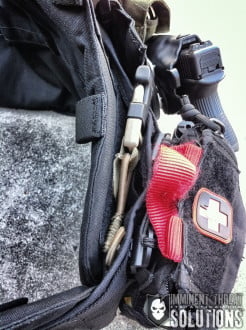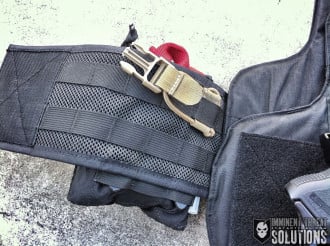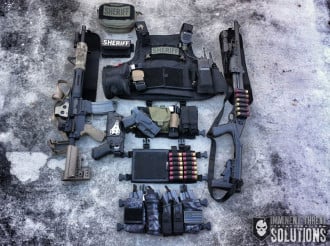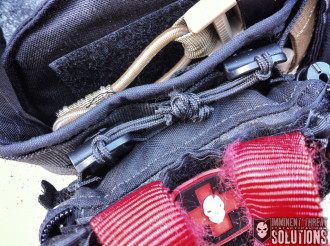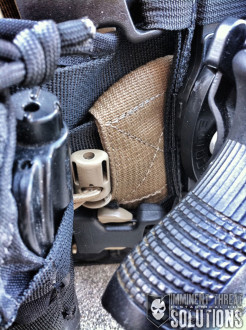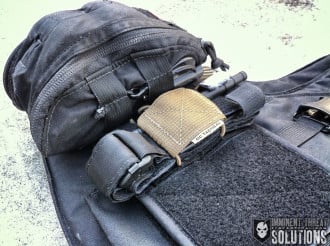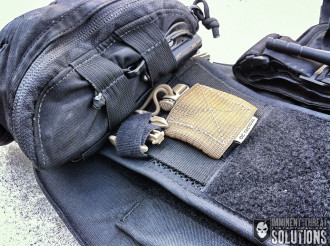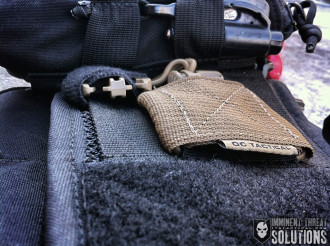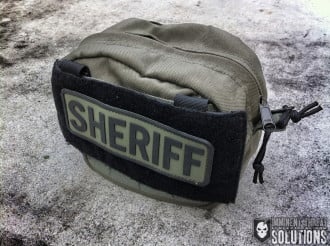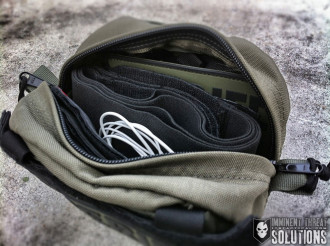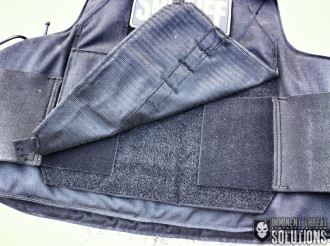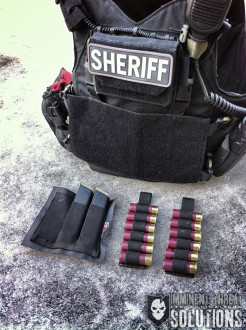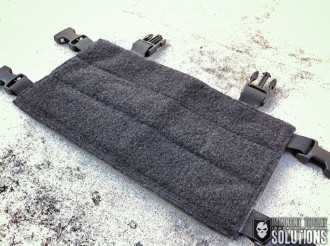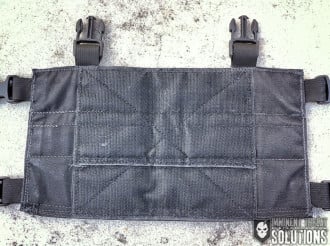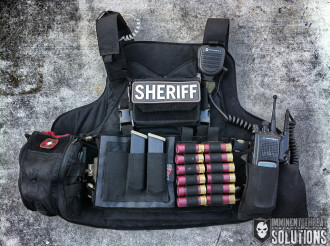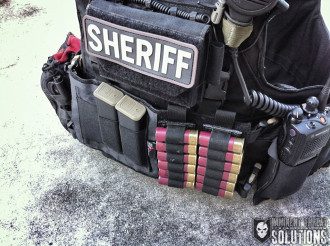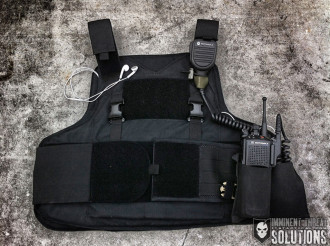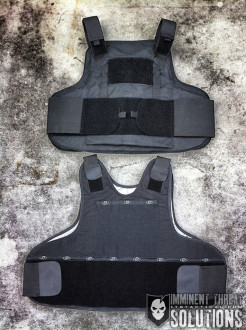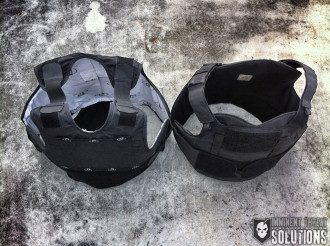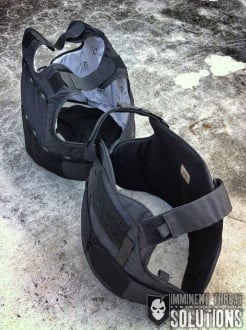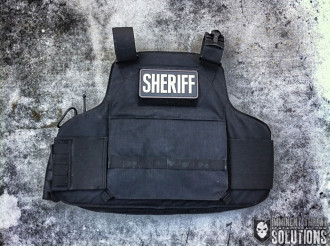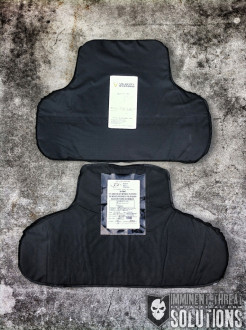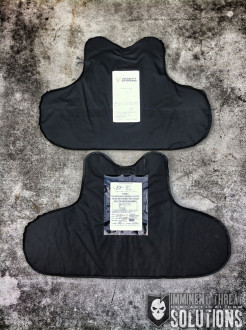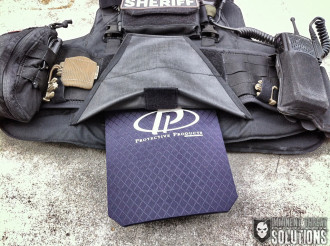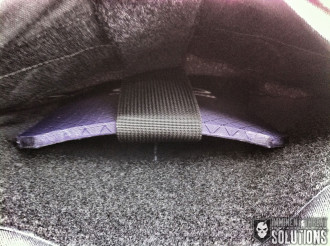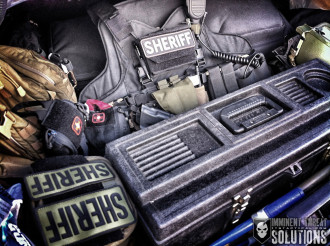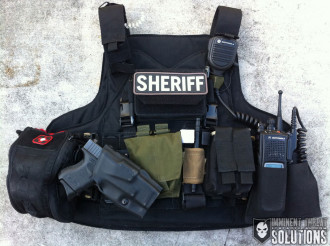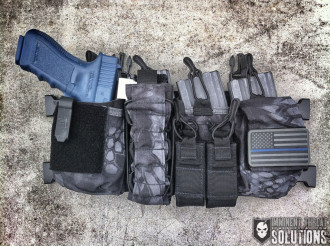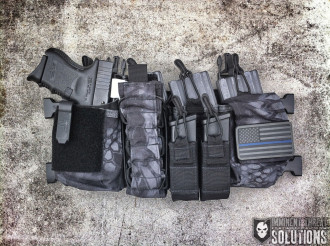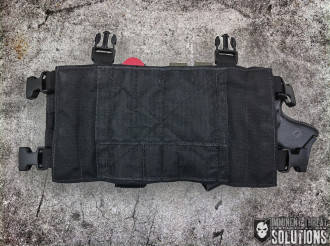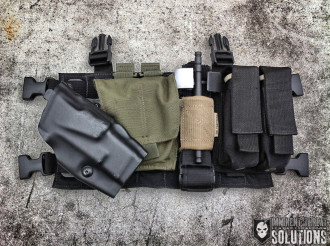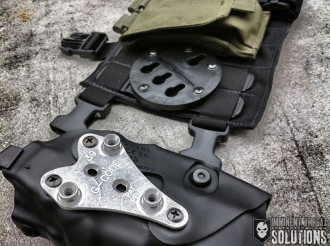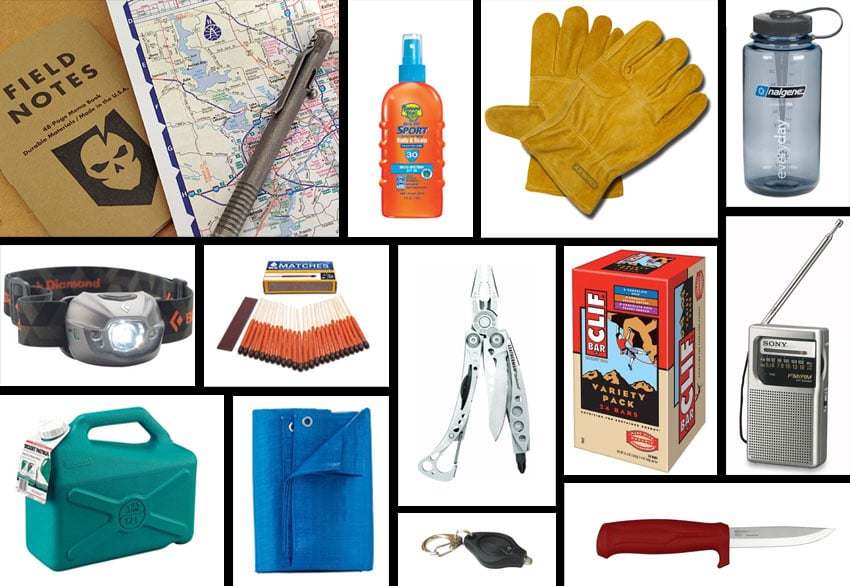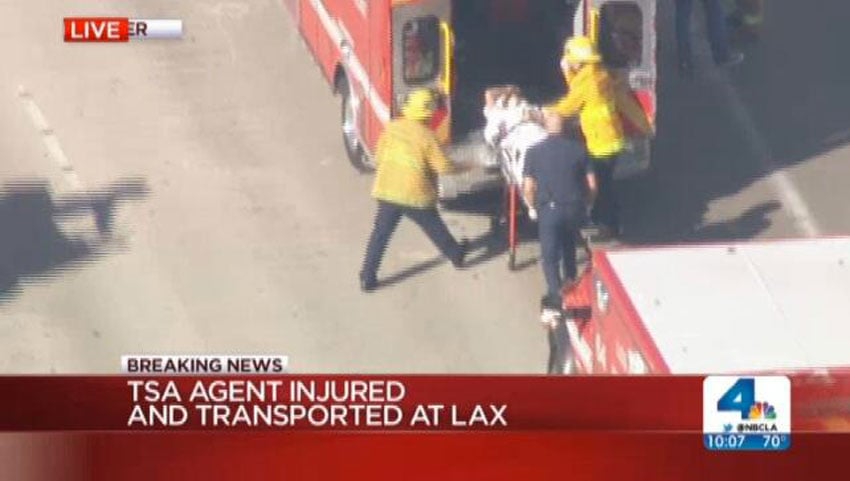
There are several lessons learned from the LAX shooting on November 1, 2013 in California, but first, I want to be real clear on some things.
1. This is not an attempt to bash or hark on the police/fire/EMS agencies that responded to this tragic event. There were mistakes made by the leadership on all parts. (From my military background I’ve learned there are no such things as bad troops, just bad leaders. I hold my community’s public safety officials to that same standard. At the same time, I learned that if you can’t offer a solution to a problem then keep your mouth shut.) This is an attempt to learn from those mistakes, not assign blame.
2. Learn what worked and what didn’t work that day. I’ll touch on how we can help be more prepared for such events at both the layperson’s level and at the public safety level.
Yes, this will be an in-depth article, so drink water and ruck up.
LAX Airport Shooting
Let me recap the situation for you. Bad guy walks into a terminal at one of the world’s busiest airports, starts shooting and chaos ensues. Most civilians (and even some of those wearing a badge) panic and run (past security check points without being properly screened, mind you.) Some take cover/concealment literally behind anything they can. “Bill Reiter, a writer for FoxSports.com, was at the scene and sent out a tweet: “When gunfire broke out there was a stampede of people, all of us hiding under seats we didn’t fit under…” (*1)
Airport Police engage bad guy and shoot bad guy four times. According to news sources, they hit the bad guy in the mouth and leg. This stops said bad guy and he’s then placed into custody. Latest reports state that there were six people injured by the gunman. One of those injured was TSA Officer Gerardo Hernandez. Officer Hernandez died as a result of injuries sustained during the attack by the gunman. “An airport security officer lay helplessly bleeding after a gunman opened fire at Los Angeles International Airport as paramedics waited 150 yards away because police had not declared the terminal safe to enter, according to two law enforcement officials. It would be 33 minutes before Transportation Security Administration Officer Gerardo Hernandez, who was about 20 feet from an exit, would be wheeled out by police to an ambulance, said the officials, who were briefed on the investigation and spoke on condition of anonymity because the probe was still ongoing into the Nov. 1 shooting. For all but five of those minutes, there was no threat from the suspected gunman — he had been shot and was in custody, they said. (*3)
The threat had been stopped, EMS was on-scene and staged until the scene was deemed safe by police and people were directed outside the terminal.
Lesson #1
Even with EMS on-scene; they can’t render aid until police deem the area safe.
The recent news release that Transportation Security Administration Officer Gerardo Hernandez bled to death for over 33 minutes, without receiving any medical attention, is beyond horrendous. It doesn’t matter what the Medical Examiner states the cause of death was, it’s appalling that 33 minutes went by and not a single police officer, bystander, or fellow TSA agent had the training or medical equipment to even give Officer Hernandez a chance at surviving his wounds. Emergency Medical Services (EMS) were already staged outside, but were not allowed in the terminal during that time.
That’s a great plan and I agree with it. But imagine if someone had been in the right mindset and had a chest seal and a pressure dressing in their carry-on bag, or better yet on their person? Imagine if that one person was able to control the bleeding long enough to get either him to EMS or EMS to him? Maybe Mr. Hernandez might have gone home that night to his family instead.
Most civilians think, “Oh thank heavens, I hear the ambulance coming down the street!” Yet what they don’t realize is that if the scene is unsafe or the rescue crews deem the area too dangerous; they won’t even get near it. For example, if an ambulance arrives first on the scene of a burning house, that crew isn’t going to run right into that house and start looking for people inside. They’re going to wait and park their ambulance down a few houses so that the fire engines can get in a good position to battle the blaze. Those EMT’s are not wearing protective gear against smoke inhalation or temperatures reaching over 500 degrees.
So, guess what? When there is a shooting or an active shooter running around inside a mall, school, or an airport; EMS is going to park down the street and wait until the police hunt down and neutralize the threat(s).
That means if you are still inside that building, you might be there for a while. It may take the police several minutes or possibly even hours to secure sections of that building. That means you are the only one that can help yourself or your loved ones, should you find yourselves in a situation like that of LAX. You also just might be the only one that can save the life of a complete stranger, like Officer Hernandez.
Ask yourself some very serious questions:
- Do I have the right mindset to protect and take care of myself and my family?
- Am I capable of stopping a threat from hurting myself or my family?
- Am I capable of identifying and treating immediate life-threatening injuries to myself or my family?
If you answered “NO” to any of those three questions, you better get yourself sorted out quick. Attacks like the one in the terminal are not a matter of “IF,” but a matter of “WHEN.”
Lesson #2
No one had adequate training or equipment to deal with life-threatening injuries.
The police, TSA and even the civilians that were there, all are guilty of not having the right mindset, training or equipment on hand that day. Ever since my first flight overseas in the Army, I’ve always carried some type of SERE kit on my person or in my carry-on luggage. This was pre-9/11, so things were a little different then.
Today, I don’t fly anywhere without my Surefire flashlight, 50’ of 550 cord, a chemlight or two, a compass, a jacket/shell of some sort and a small flint striker. Within the past few years, I’ve added two SOFTT-Wide tourniquets (TQ), some QuickClot Combat Gauze, a chest seal and at least one Olaes Modular Bandage. All are allowed through TSA checkpoints and I keep them in my carry-on until I get to my gate; then that equipment is stored on my body.
No, I don’t look like a 5.11 clothing grenade went off on me and it’s easy to carry a SERE Kit or a Med kit while in jeans and a T-shirt with a little creativity. Just think about the possible outcome of being one person that had the following items on them in that terminal:
- SOFTT-Wide x 2
- Olaes Modular Bandage (6”) x 1
- HALO Chest Seal (comes w/ 2) x 1
- QuickClot Combat Gauze (LE version) x 1
With just those five items, I can treat the following:
- At least five major bleeds, maybe seven if I had to use the HALOs combined with the QC
- Two maybe three amputations (remember Boston)
- Five penetrating chest injuries
- Two burns (thermal)
- Two eviscerated intestines (medical term for guts hanging out of your torso)
Don’t forget that we’re talking about injuries, not just the number of patients we can treat. That’s just off the top of my head, knowing how to maximize my equipment. A useful guide from my combat medic days was that if we couldn’t get more than two uses out of an item, we didn’t carry it.
What about mindset? Well there was a lack of proper mindset on everyone’s part regarding training. It seems that no one had any formal (or even what we call “hip-pocket,” meaning informal or quick how-to’s) training in tactical medicine. That includes both the layperson and the first responders at that scene. It was reported too that one of the responding law enforcement agencies had zero compliance in CPR/AED or first aid and a very small percentage of them had taken refresher courses. “A recent audit by Los Angeles Police Commission Inspector General Alex Bustamante found that the LAPD had a zero percent compliance rate. Only 250-sworn officers in the Metropolitan Division out of the department’s more than 9,900 sworn officers received the refresher training, it states. Airport police have the training.” (*4)
What that tells me is that medical training is not even on that agency’s training list. Again, this is not a witch hunt or meant to bash law enforcement. I’m just pointing out some things so we don’t make those mistakes again in the future.
I’ll be the first to say it and I’m sure my colleagues will agree; we as professional tactical medical instructors have an obligation to provide a tactical medical training curriculum specifically for law enforcement, fire departments and emergency medical services. The National Association of EMT’s (NAEMT.org) has teamed up with the Committee on Tactical Combat Casualty Care (CoTCCC, governing body of the Tactical Combat Casualty Care (TCCC) course) to provide a course that fills that gap between a full-on Tactical Medic that is assigned to a SWAT team and other mutual responding public safety agencies that arrive on scene before SWAT does. Right now, I’ve heard that they are still working out some of the kinks with the course. When it’s up and running smoothly, I think it will be a great course for responders.
Let me debunk what some EMS professionals are screaming about, wearing bullet proof vests and just going ahead and making entry on an active killer scenario with the killer(s) still running around while they themselves are unarmed; an active killer scenario is a fight. And unless you are armed with a firearm too, you’re a liability. The medics/corpsmen in the military have a saying; well, actually it’s their gospel. “The most effective medicine in combat is superior firepower.” That holds true in any gunfight. Meaning, stop the threat(s) first, then treat injuries.
Some training companies already have courses that are geared towards law enforcement officers (LEO) responding to such incidents like the LAX shooting. Courses like our “Dynamic Patrol” is specifically for law enforcement officers. Even more specifically, it’s designed to teach officers how to identify and treat injuries related to active killers, LEO involved vehicle collisions and other injuries that are common and applicable to the officer directly. The idea is not to teach them how to deal with granny at the nursing home that has fallen out of her bed and busted her hip, nor is it to replace the EMT’s or paramedics on the scene of a car wreck. This course teaches them how to treat themselves or other officers. In that class we do talk about how to utilize “drop kits” when encountering injured bystanders while hunting active killers. There is more to it than that, but you get the idea.
Lesson #3
There was poor communication between FD & PD during and immediately after the event.
There are reports about poor communication between the police department and the fire department, on whether or not the scene was safe for EMS and FD to enter and begin treatment and evacuation of those injured. Speaking from personal experience, this can easily happen to any group of responders during an event like this. Both command elements from the FD and PD side of the house have a huge responsibility during an active killer situation. Most departments do perform some sort of mass casualty training throughout the year and this is where they learn their strengths and weaknesses pretty quickly. Just coordinating a training event like this is a feat unto itself. I’ve participated in a few over the years with multiple cities and agencies at the local, state and national level. Things can get busy, but they are still executed well. Why? Because everyone has been trained up on mass casualty incidents from day one in their academy; no matter if that was EMT school, fire rookie school, or the police academy. Imagine that! Large groups of people coming together to execute a plan of action and performing that plan without many catastrophic problems (usually.) Still, there’s always room for improvement; hence the need for more basic tactical medical training at each public safety official’s level.
This also adds to the equation for those still inside the terminal to be treated, if need be.
As the layperson, this miscommunication from the first responders adds even more lag time until rescuers can get in there and start treating you. So, if the first shots were at about 09:00hrs and the police had the bad guy in custody by 09:35ish; that may not seem like a long time to you. how long does that seem when you’re now having shortness of breath, you can’t get a full breath in and there is pink frothy stuff coming out of a hole in your chest? Don’t forget, just because the cops have “a” killer in custody doesn’t mean that there might not be other killers still in the area (think Mumbai or Kenya mall shooting.) Not to mention that EMS still hasn’t been cleared to enter the building yet. See where I’m getting with this?
Sometimes in tactical medicine all we’re trying to do is buy seconds back.
Lesson #4
Police shot suspect four times (mouth and leg) and he’s still alive today.
“The shooter took a .45-caliber round to the face,” a law enforcement source told the Daily News.” (*2) It was also reported that the killer had been shot by police in the mouth and in the leg, a total of four times. “He was shot by airport police officers four times, in the mouth and leg, before being taken into custody.” (*5) I’m not about to get started on the debate about .45ACP vs. 9mm. I’ll just say that if you want to stop a threat, get a rifle. Pistols suck, get over it. Go watch my very dear friend, the late Paul Gomez’s video about it.
My point is that everyone needs to understand that even if the police hunt down, shoot and hit the bad guy; they may not stop. The bad guy may still continue to kill. What does that mean to civilians? That means that in order to treat any injuries sustained by this active killer, the threat must be stopped or neutralized first. Well, if the police are still not there and the bad guy is running (excuse me, walking) around killing people; wouldn’t it be nice if you could protect yourself or your family? Get your concealed handgun license (CHL), take a couple of defensive firearms classes (continue to train) and carry the darn thing. Granted I just stated that pistols suck; and yes they do. But we don’t really live in a society that requires us to carry a carbine everywhere we go. (We have the absolute RIGHT to and we need to protect that right.) A pistol can do the job until we get to our rifle for now.
I don’t want to lose you, so stay with me here.
Because you have your CHL and you’re carrying, imagine how many less injuries the bad guy might have been able to create if you were able to stop that threat. Maybe instead of seven people hurt, there were only one or two? Shoulda’, coulda’, woulda’, yea, I know. I said all that to say this; don’t forget that you’re still breathing out of that hole in your chest with all that icky pink frothy stuff coming out of it. The police aren’t even on scene yet either, let alone EMS. You now have the rest of your life to sort out that hole in your chest. Go ahead and wait for someone else to solve that for you.
Initial reports said that police approached Officer Hernandez earlier before he had died and after the killer was in custody and was declared dead by police officers. No one is saying if they even checked for a pulse or not. Again, not throwing blame in anyone’s face, just trying to learn from it.
Conclusion
Ask yourself those questions I mentioned earlier. If you answered “NO” to any of them, why is that? Whatever your reason, be sure to be brutally honest with yourself and assess what your priorities are in life.
Again, there are several lessons to be learned from this single incident, yet this isn’t the first time we’ve seen a single active killer simply walking around killing helpless people. Then to have those injured bystanders bleed out and die because no one knew what to do, or had the tools to do something about it even after the killer was stopped. So please folks, I beg of you, get in the right mindset and be ready.
Drink Water.
Editor-in-Chief’s Note: Please join us in welcoming Caleb Causey as a contributor on ITS. Caleb is a good friend and the owner and director-of-training for Lone Star Medics; a field and tactical medical training company. He’s been a medic for over 15 years in field and tactical medicine, having serving in the US Army as a Combat Medic with multiple deployments. He also has experience being assigned to a SWAT team as their medic during his time at a local fire department. Caleb teaches several different levels of field and tactical medicine for civilians, law enforcement and the military. Be sure to visit him online at lonestarmedics.com.
Sources:
- http://www.foxnews.com/us/2013/11/01/passengers-evacuated-from-terminal-at-los-angeles-international-airport-after/
- http://www.nydailynews.com/news/national/pictured-lax-gunman-shot-face-article-1.1504943
- http://usnews.nbcnews.com/_news/2013/11/15/21471203-lax-shooting-tsa-officer-hernandez-bled-for-33-minutes-at-scene-report
- http://www.foxnews.com/us/2013/11/15/lax-security-officer-bled-for-33-minutes-as-help-stood-by/
- http://www.foxnews.com/us/2013/11/15/lax-security-officer-bled-for-33-minutes-as-help-stood-by/
